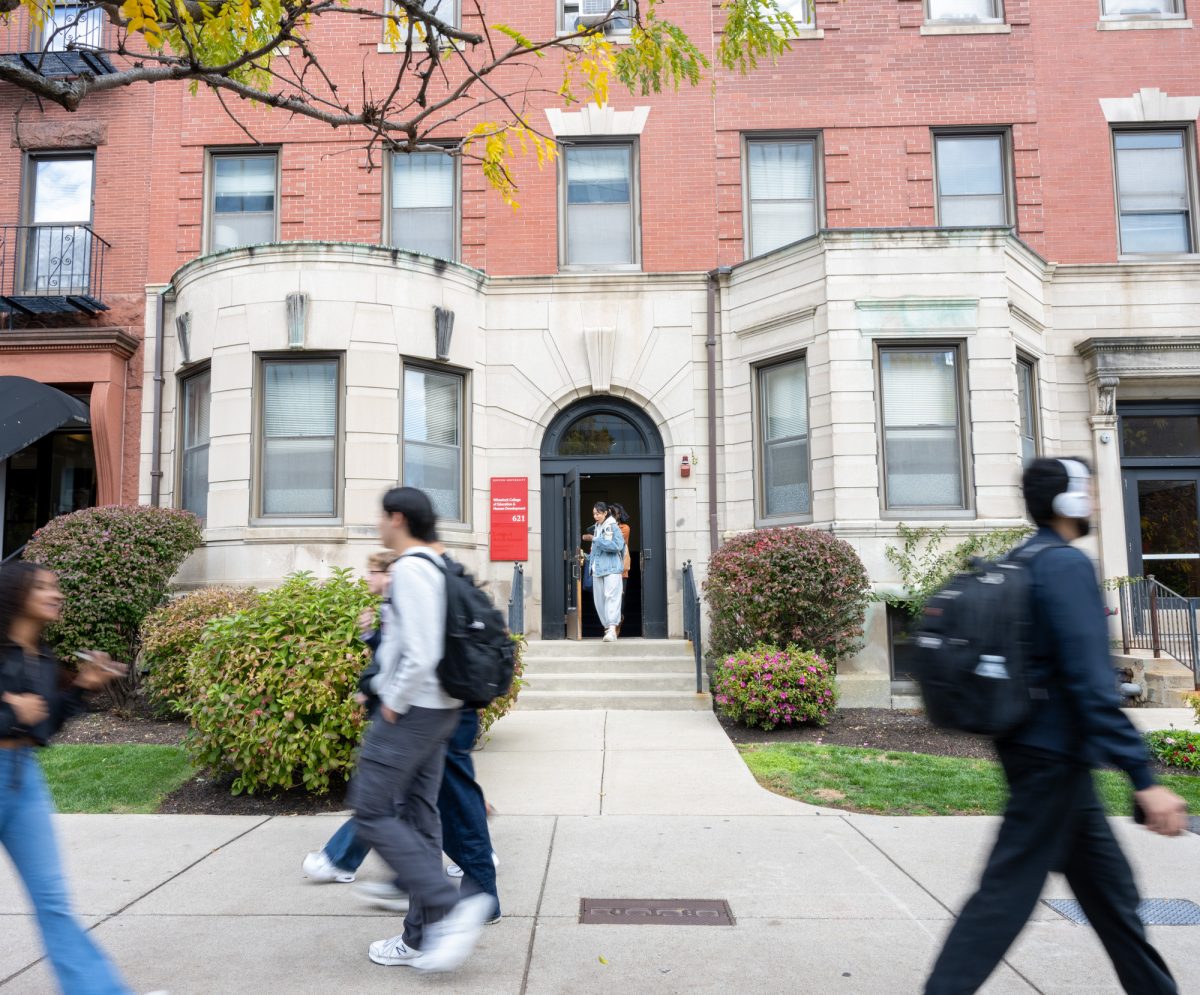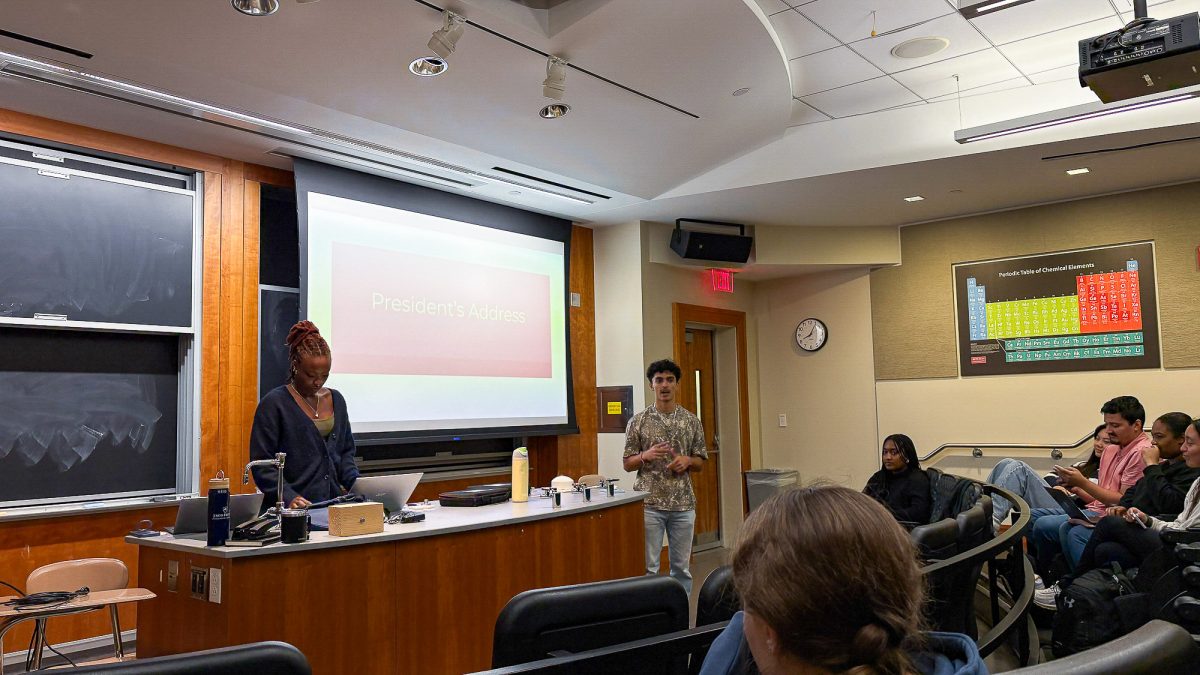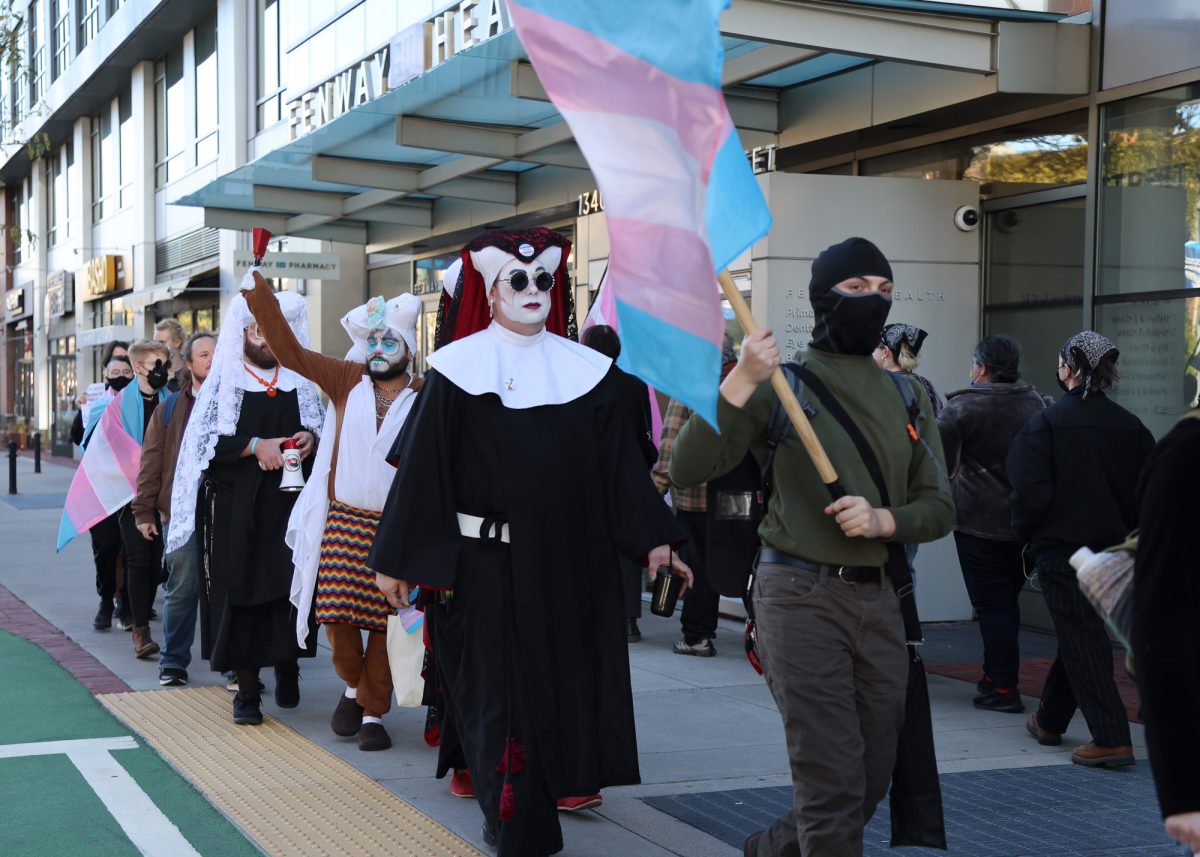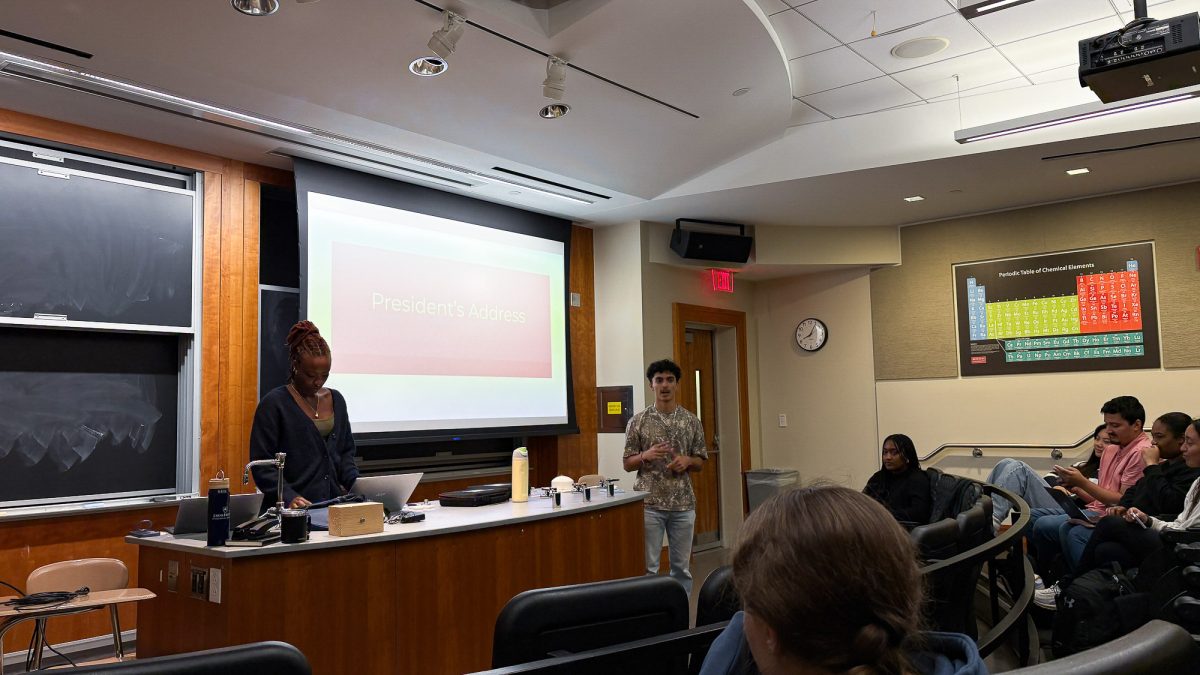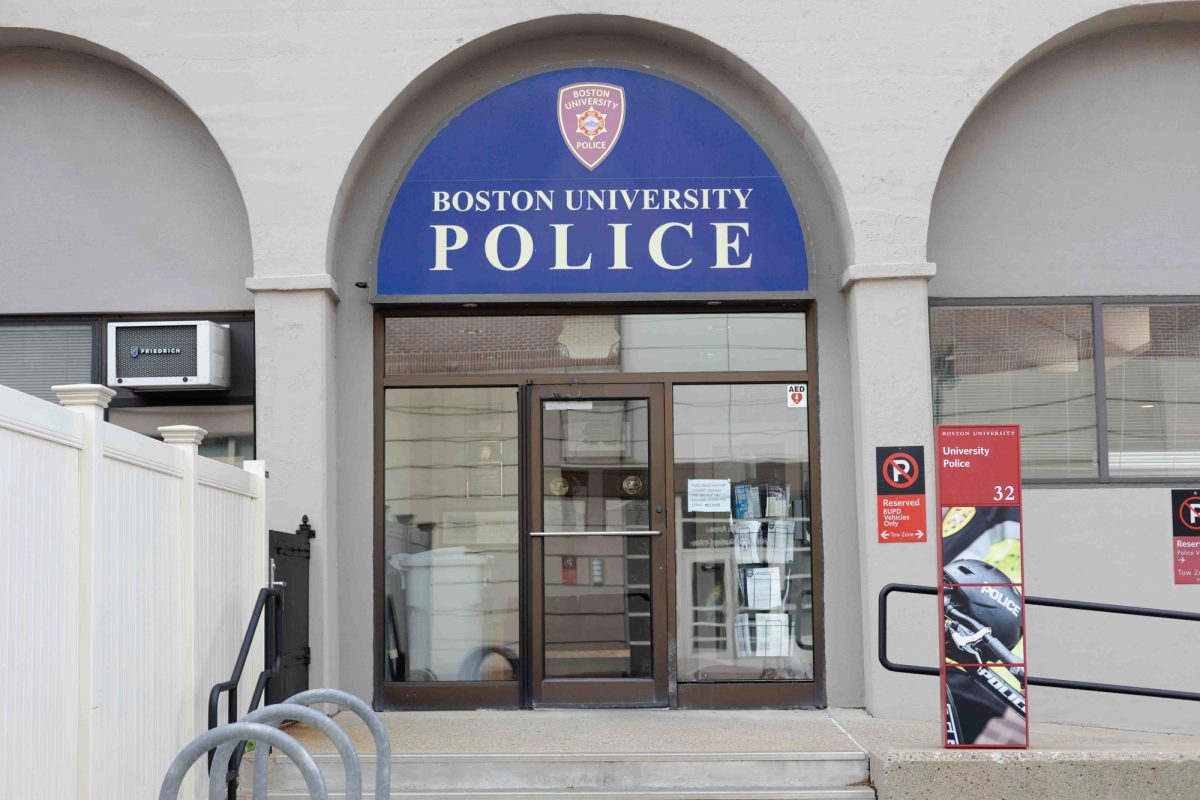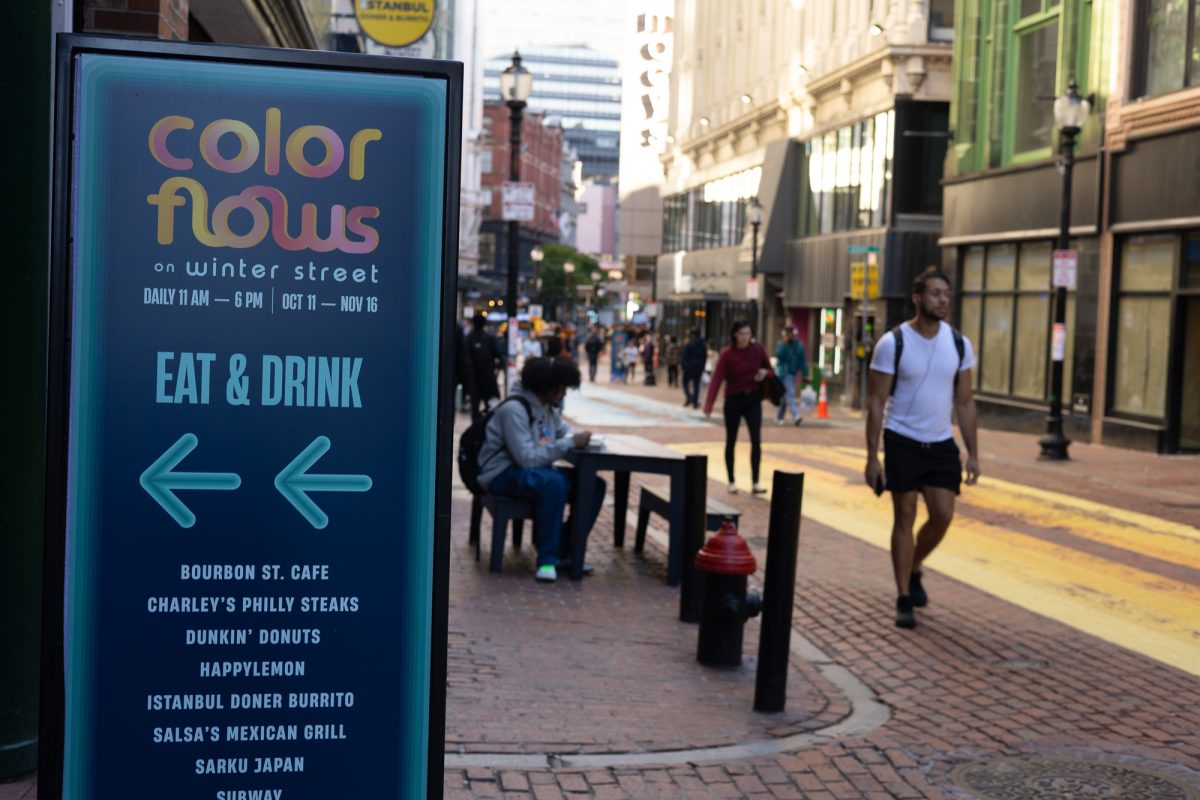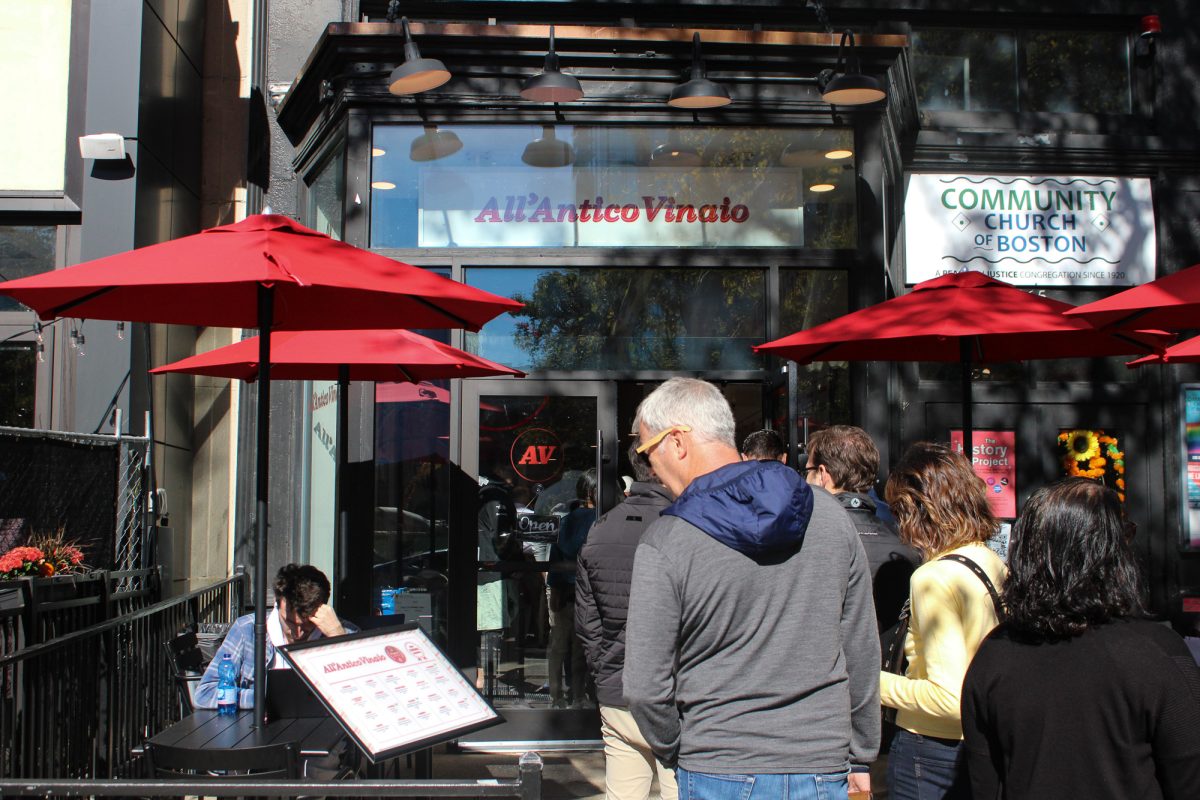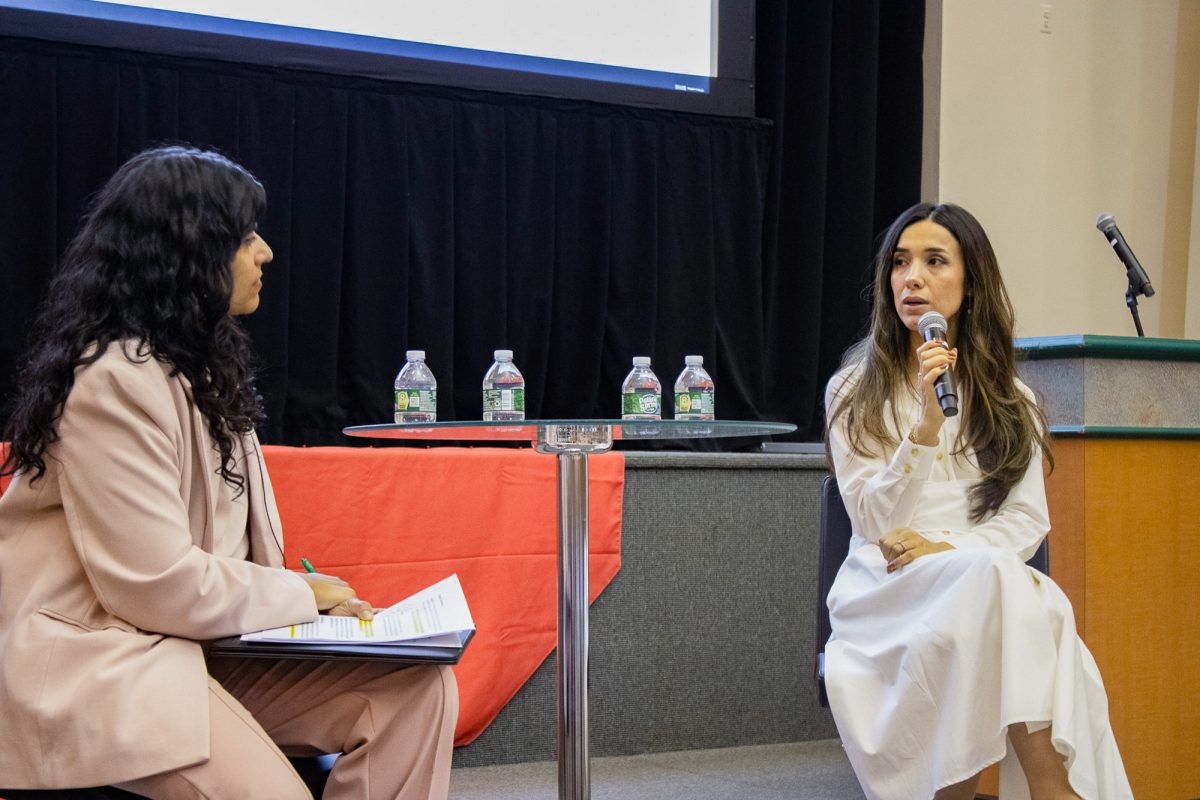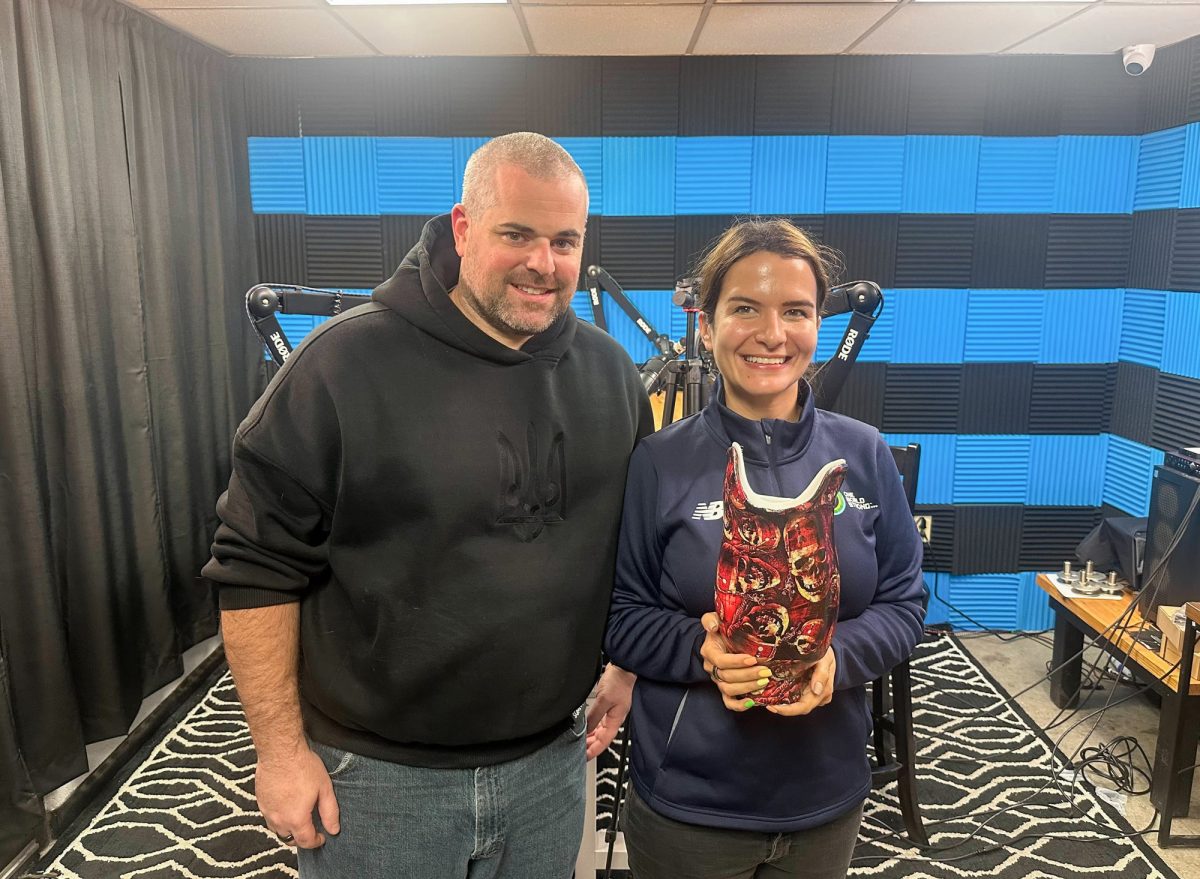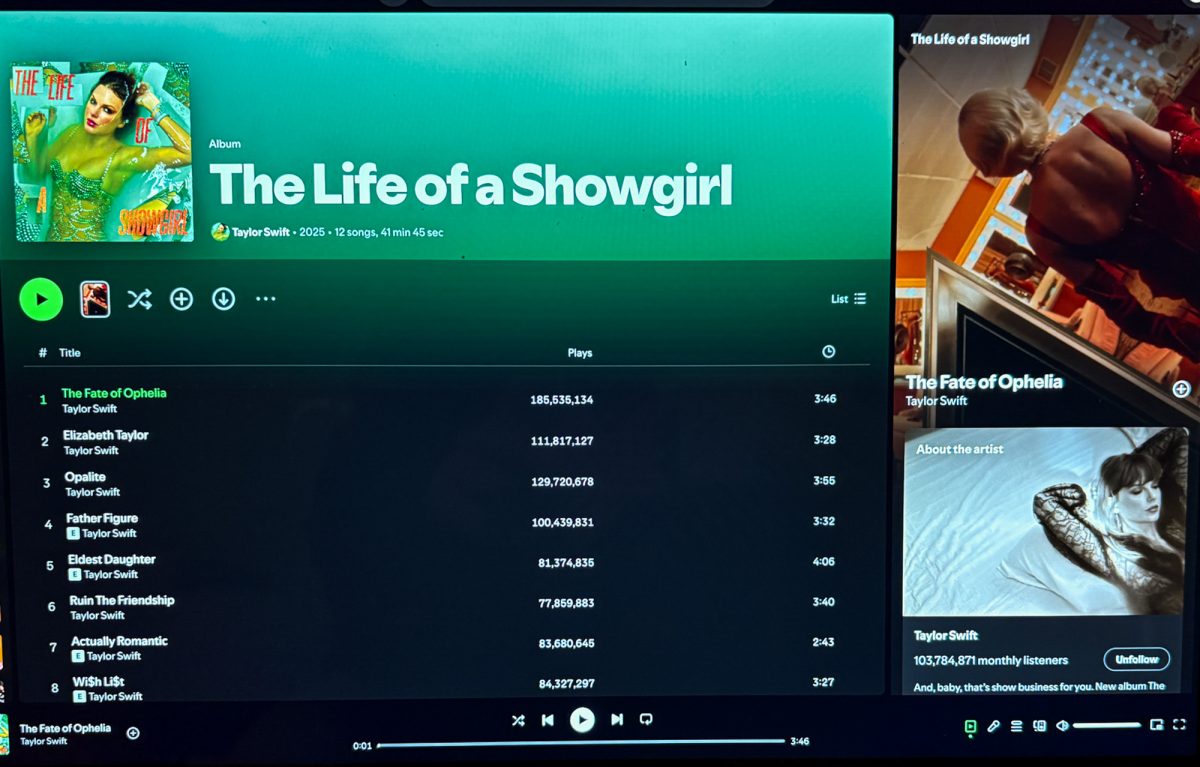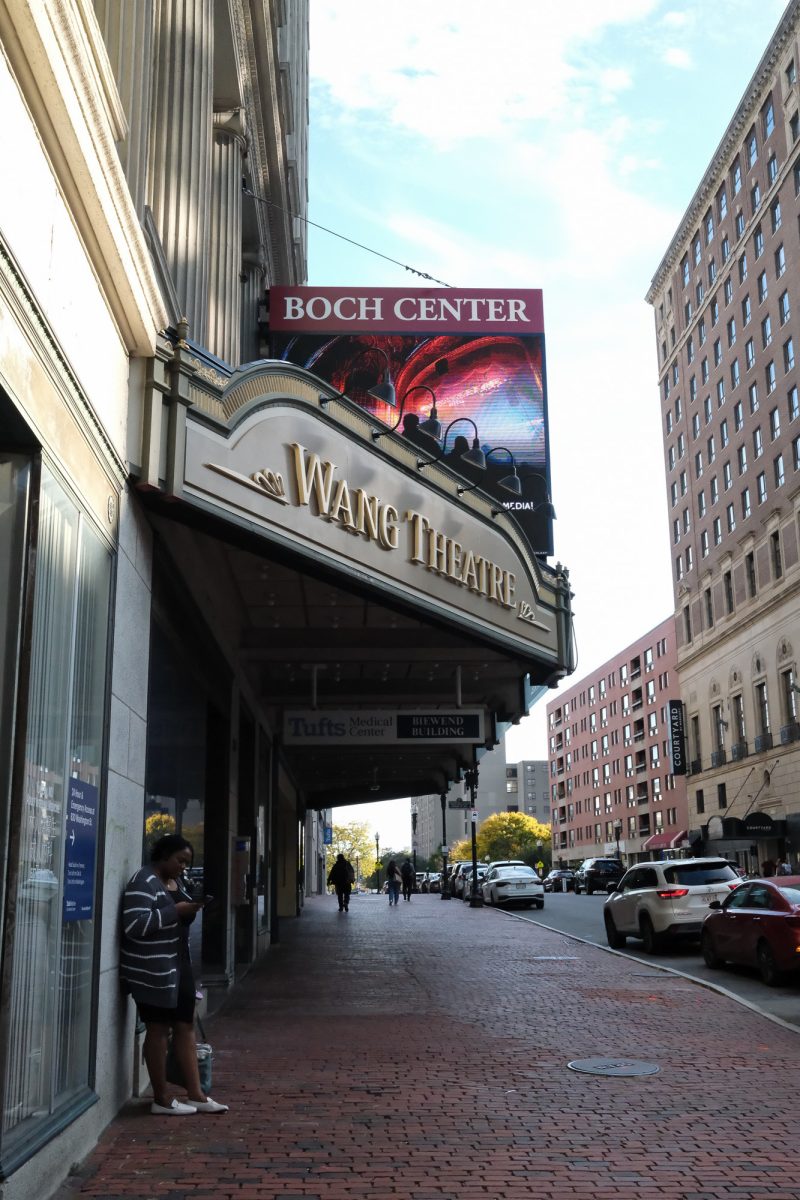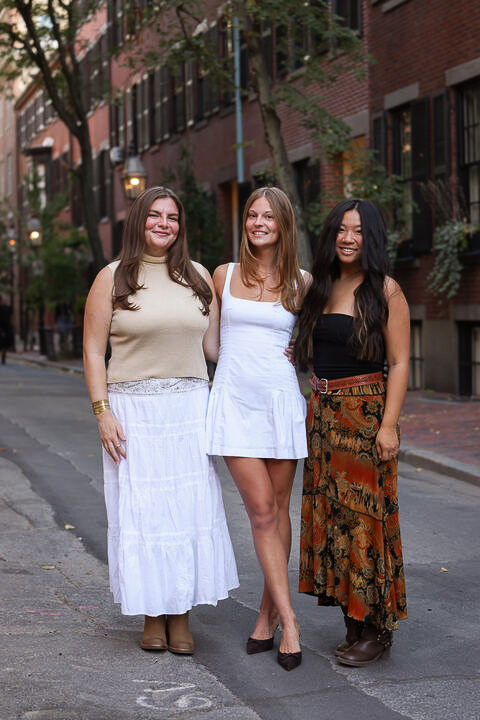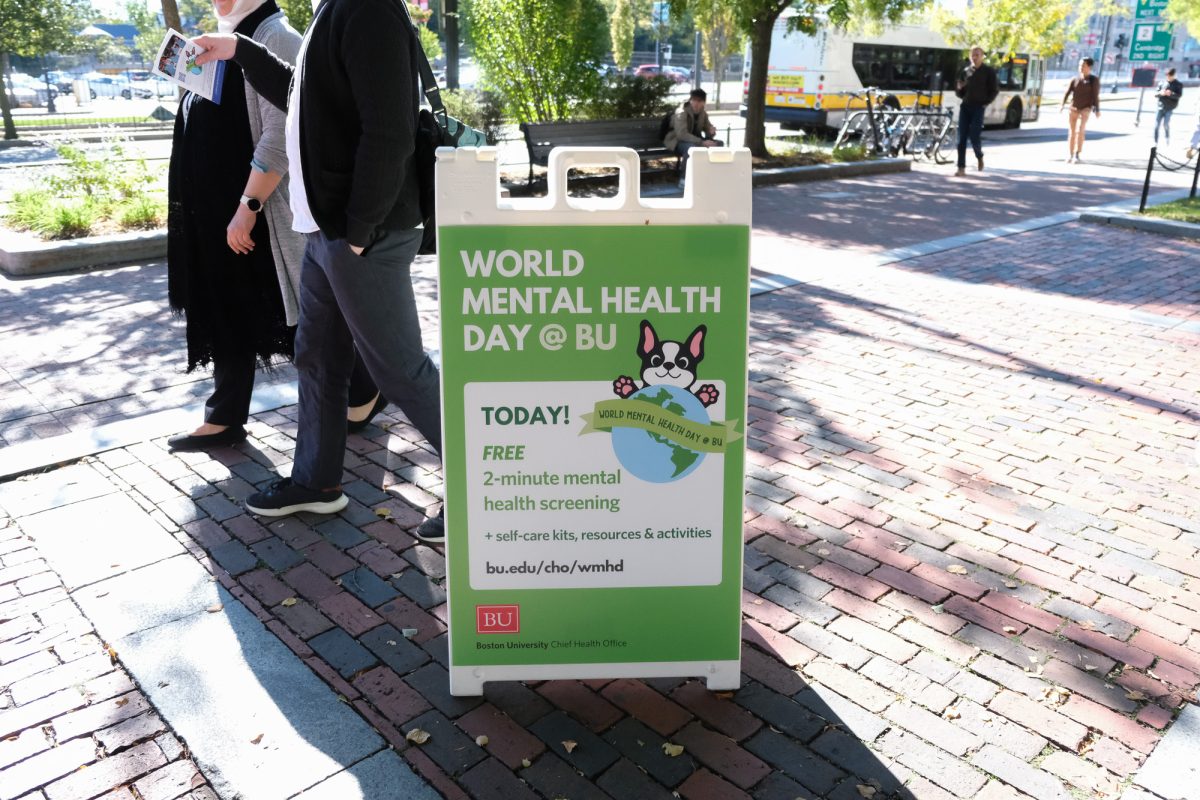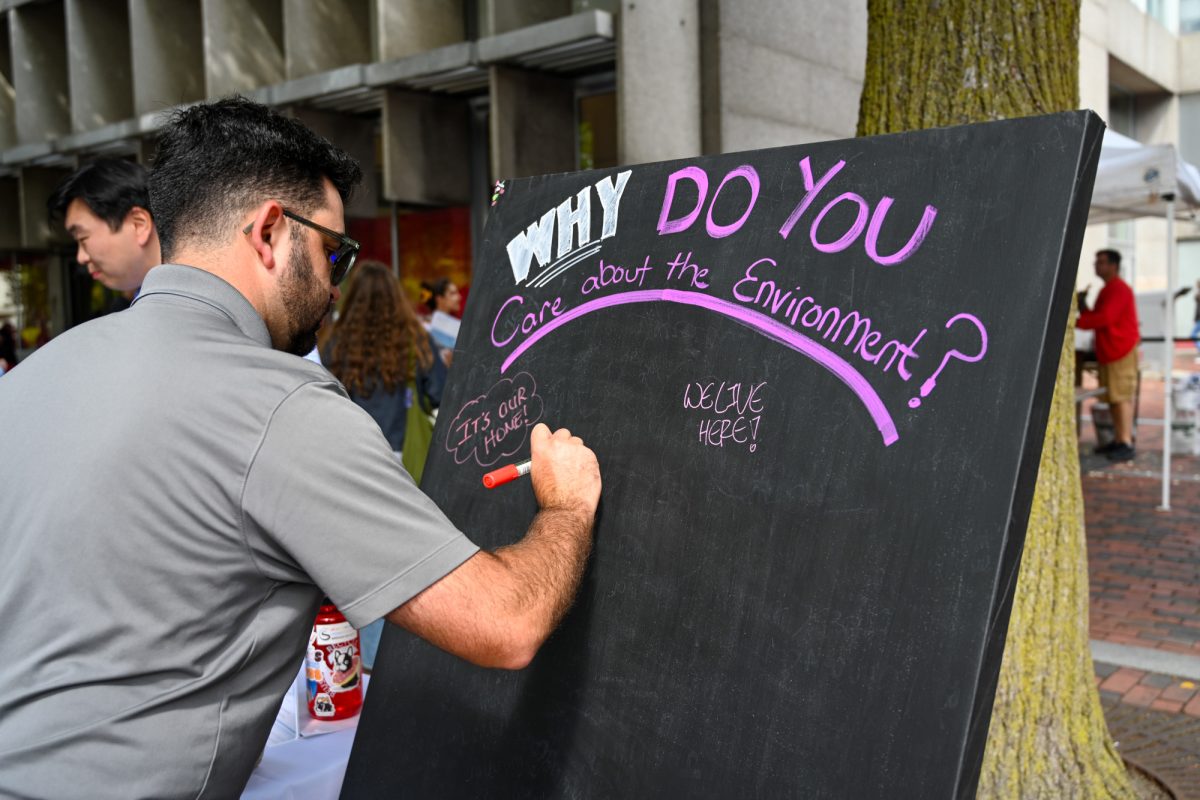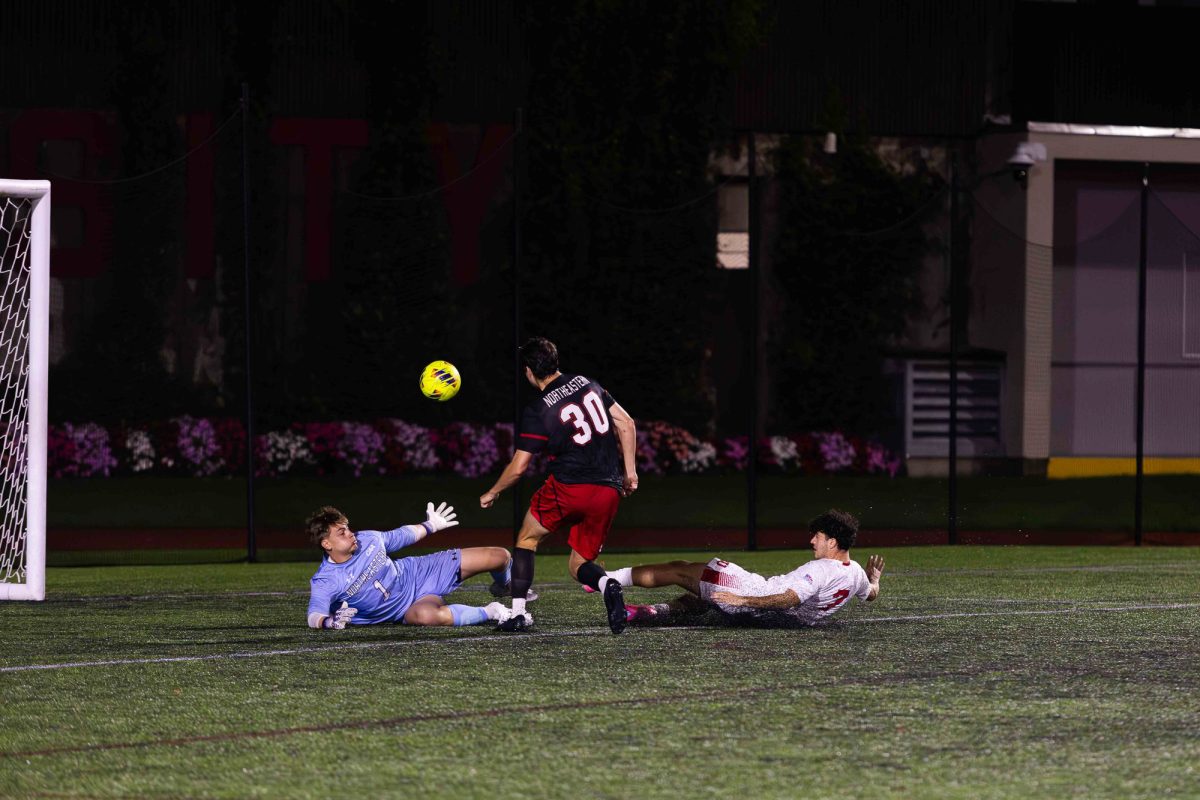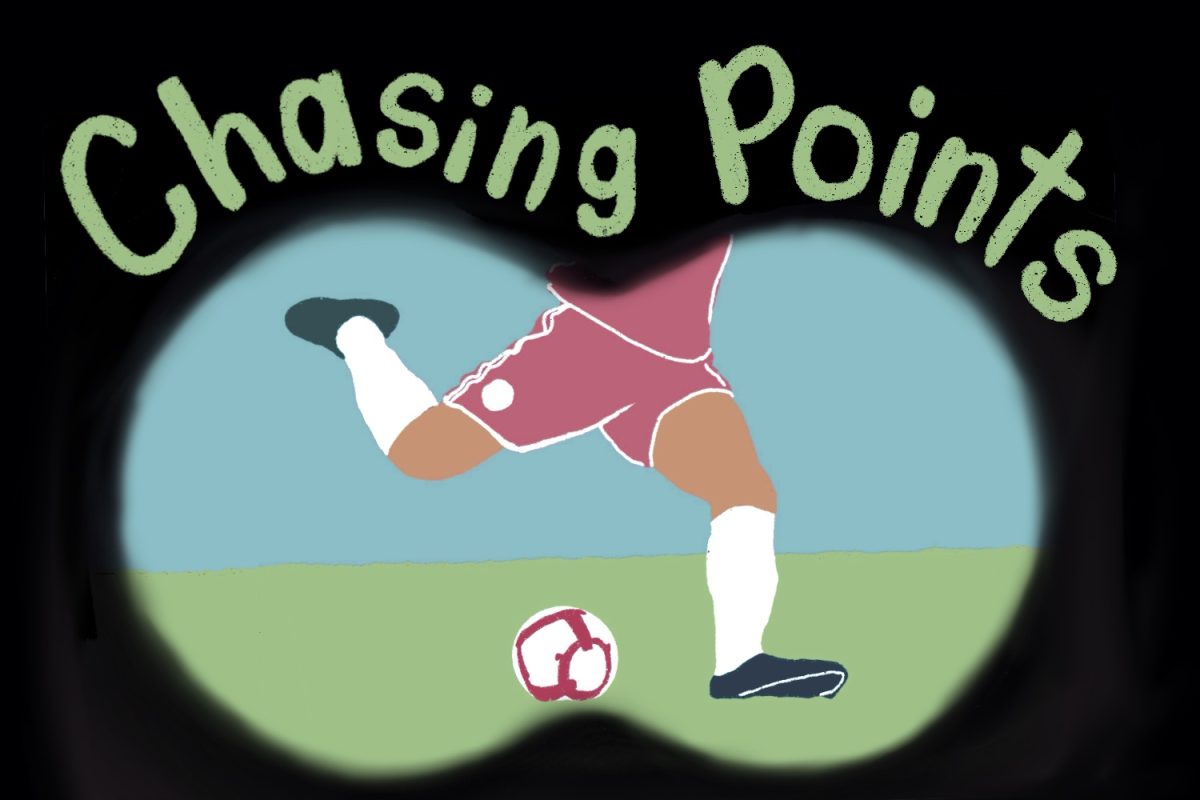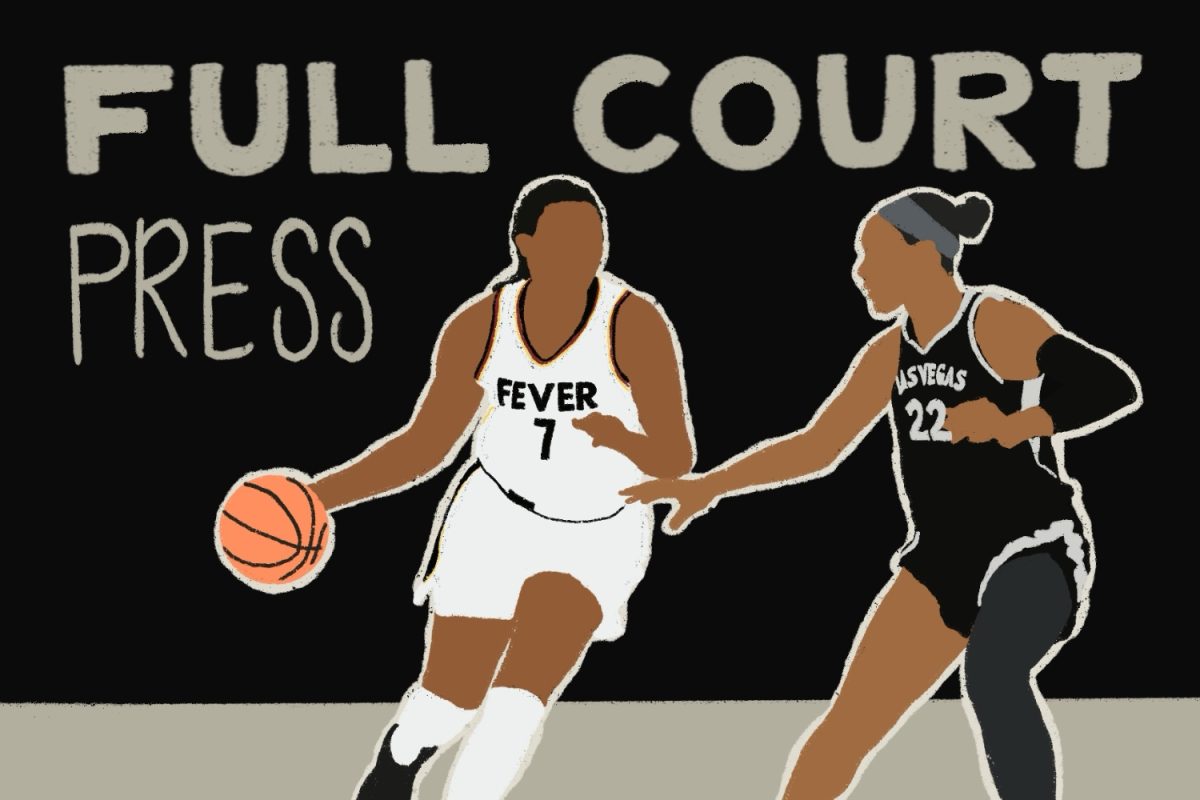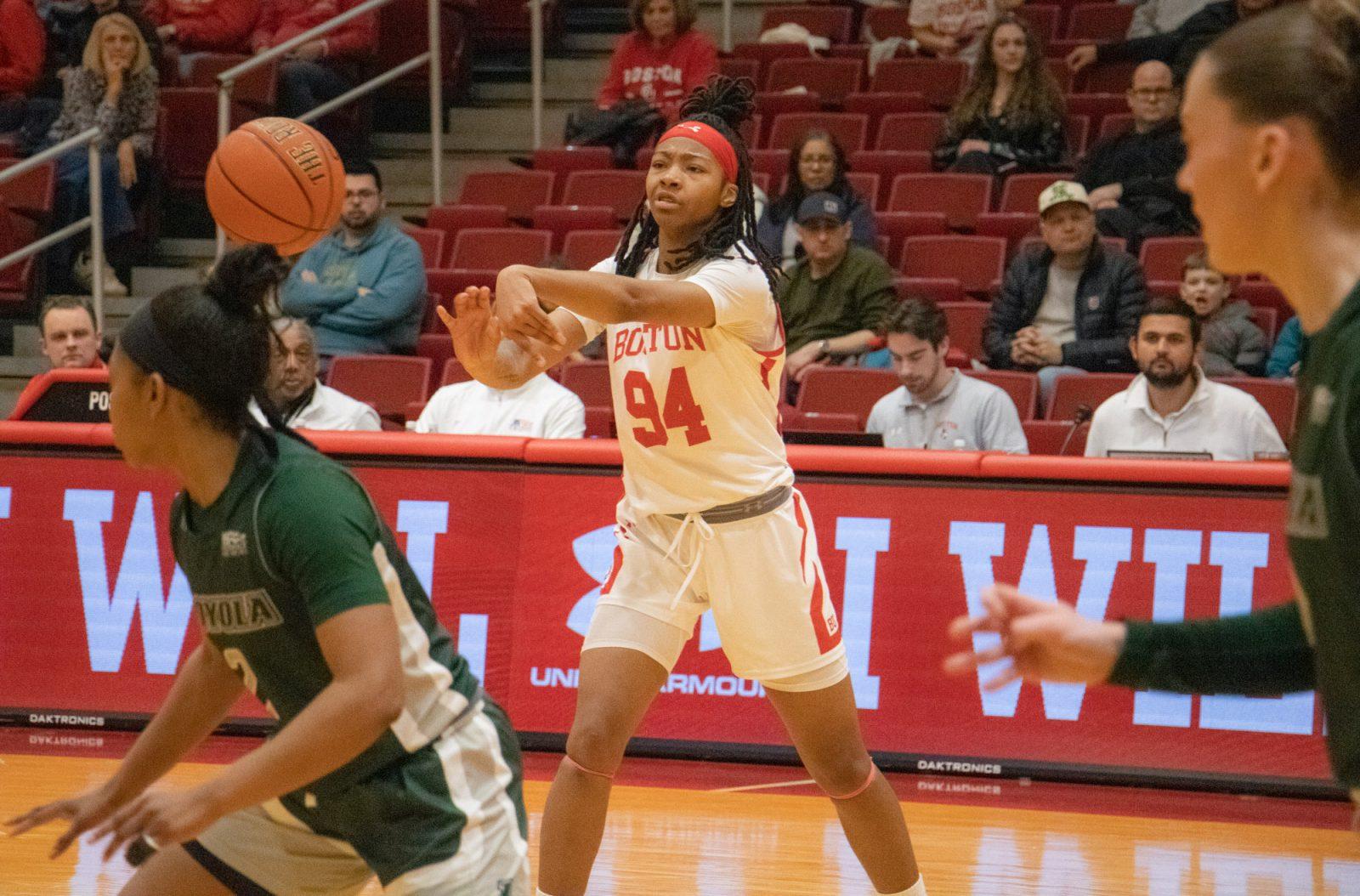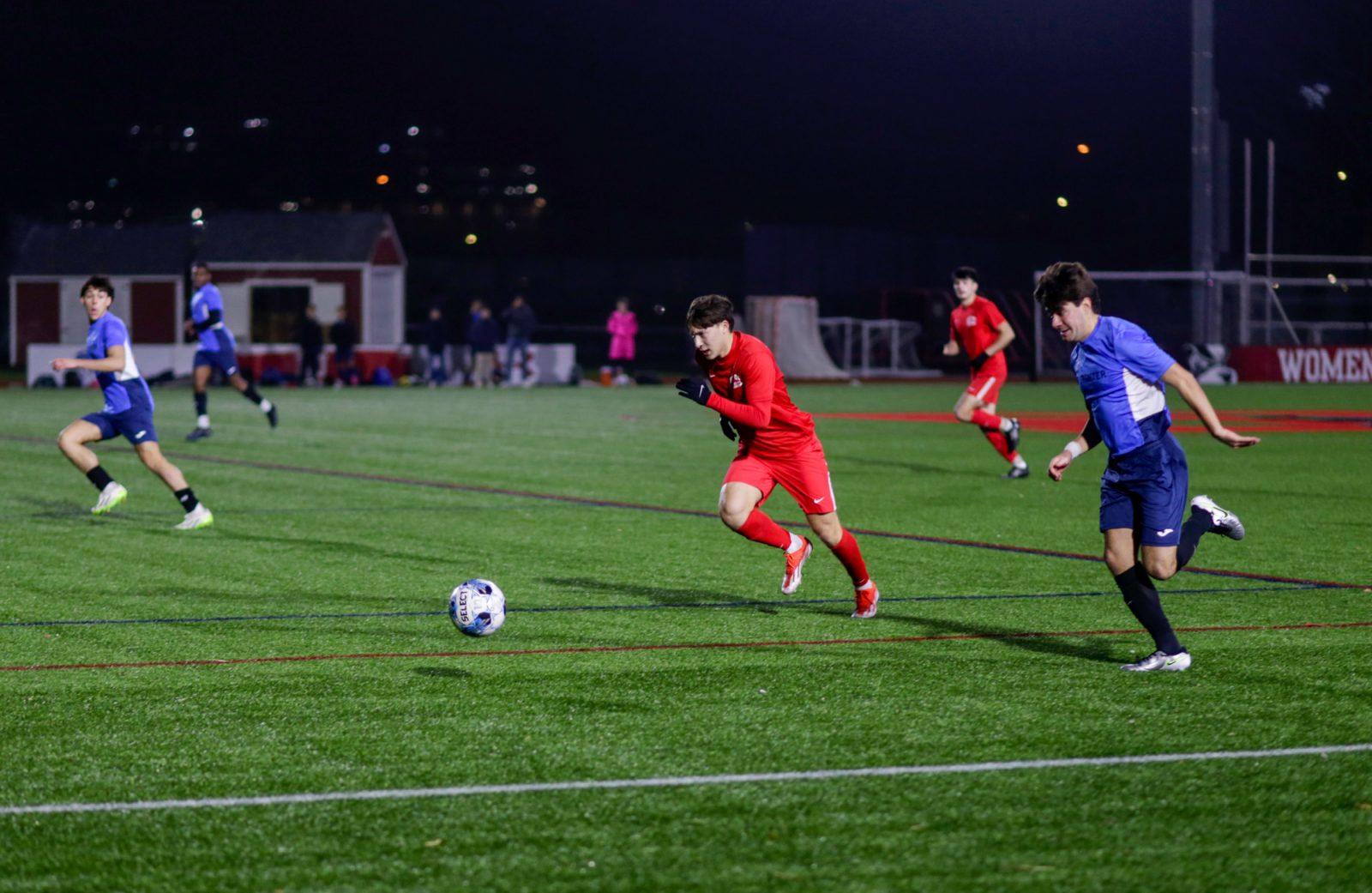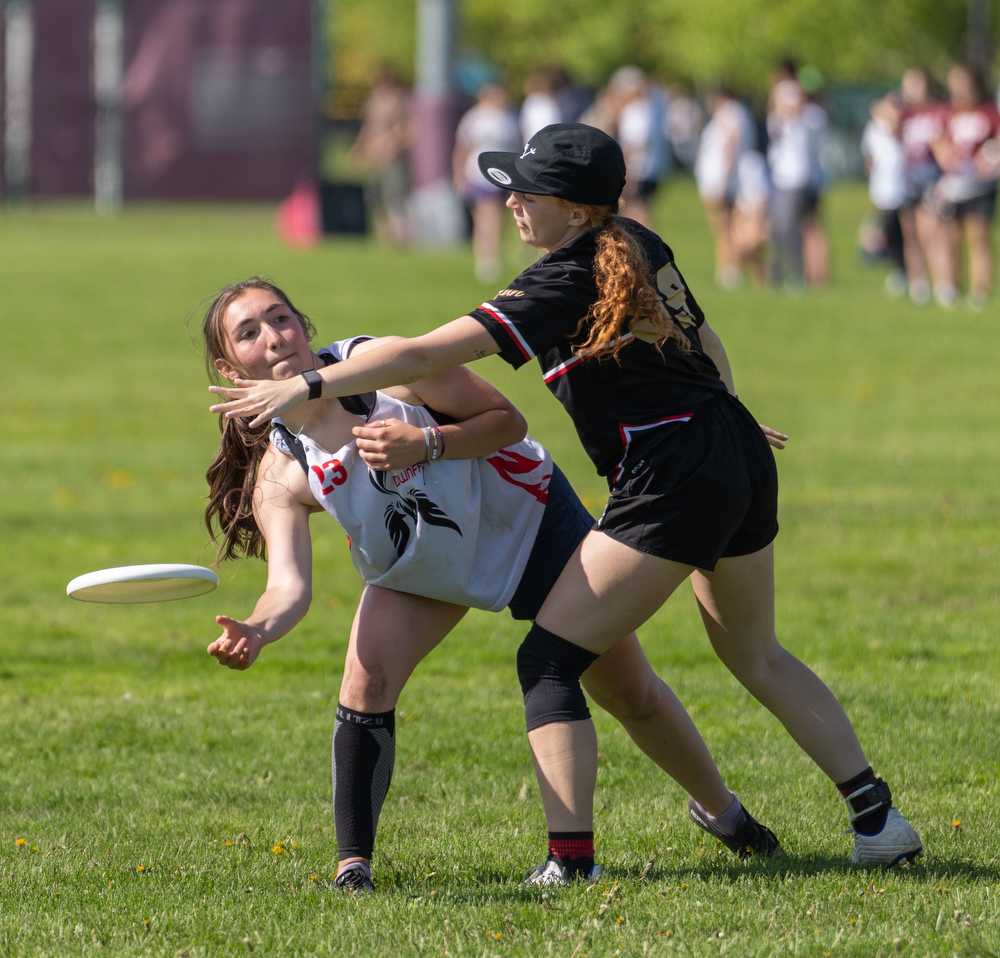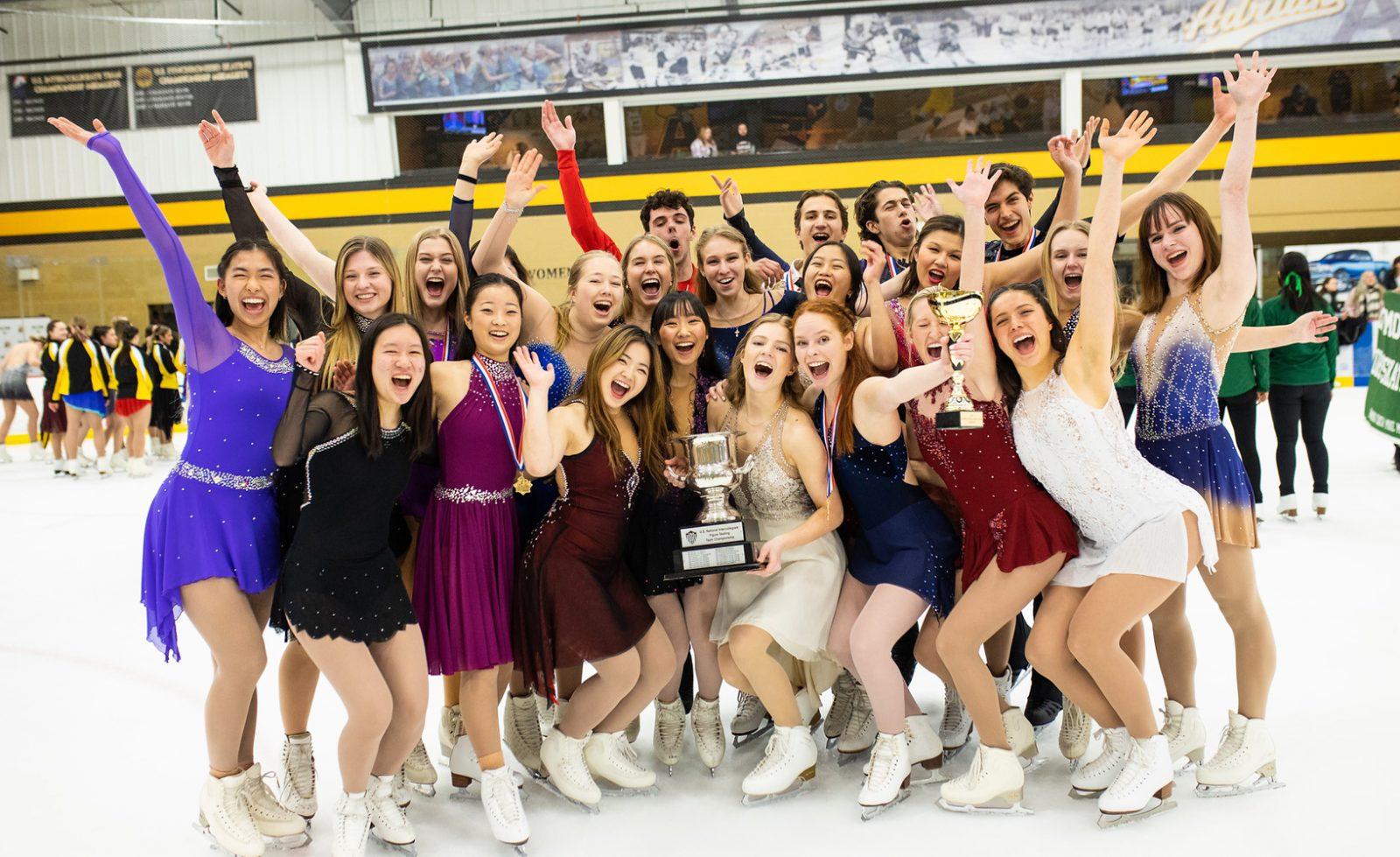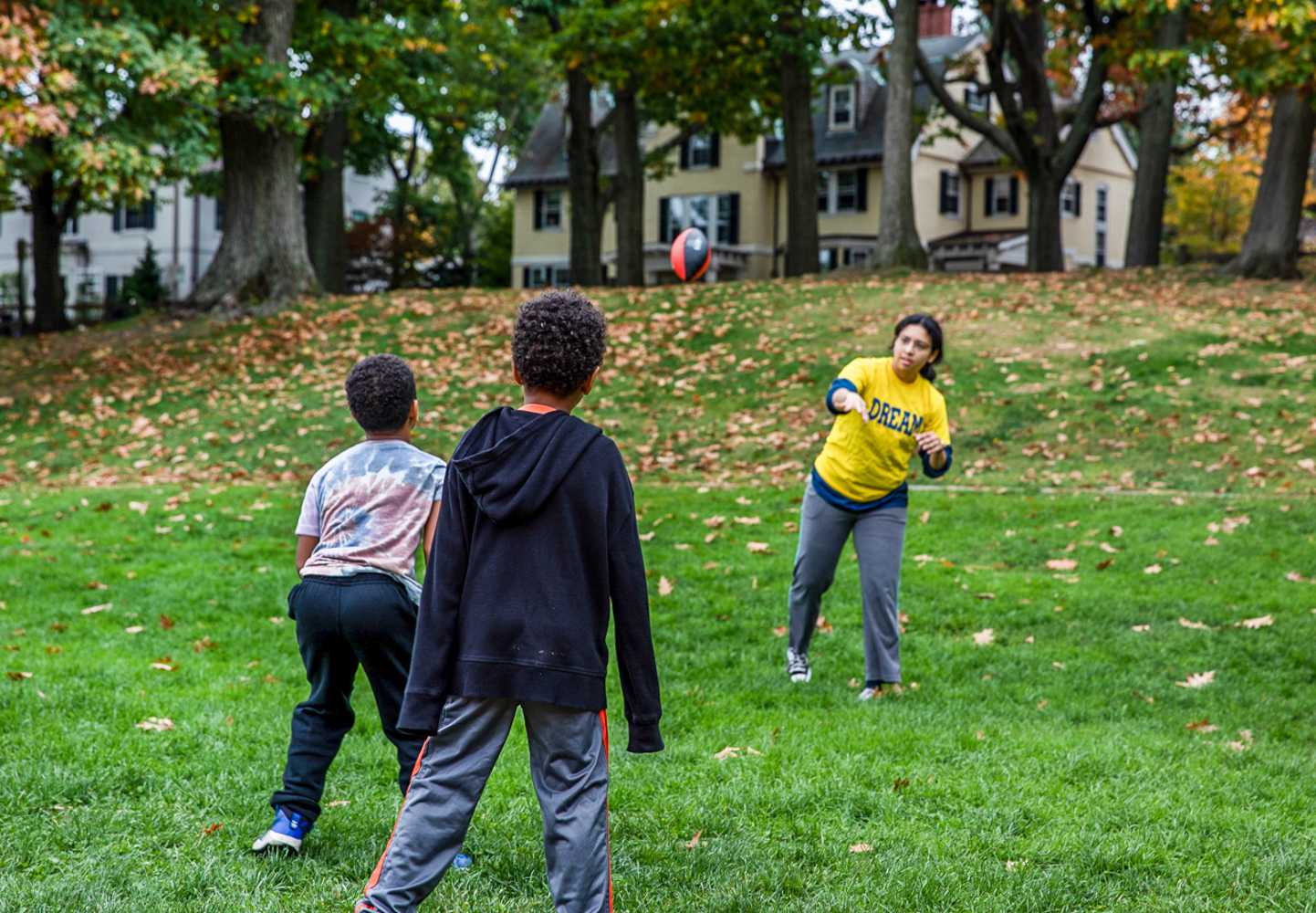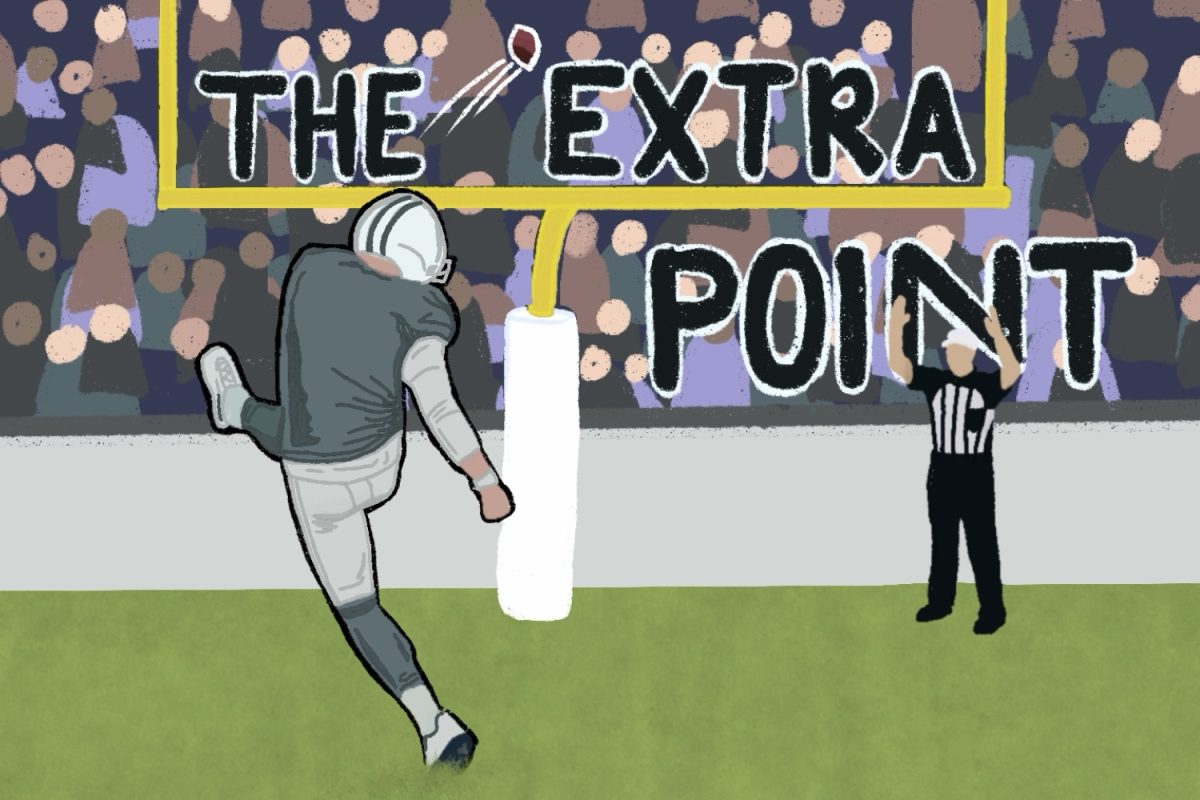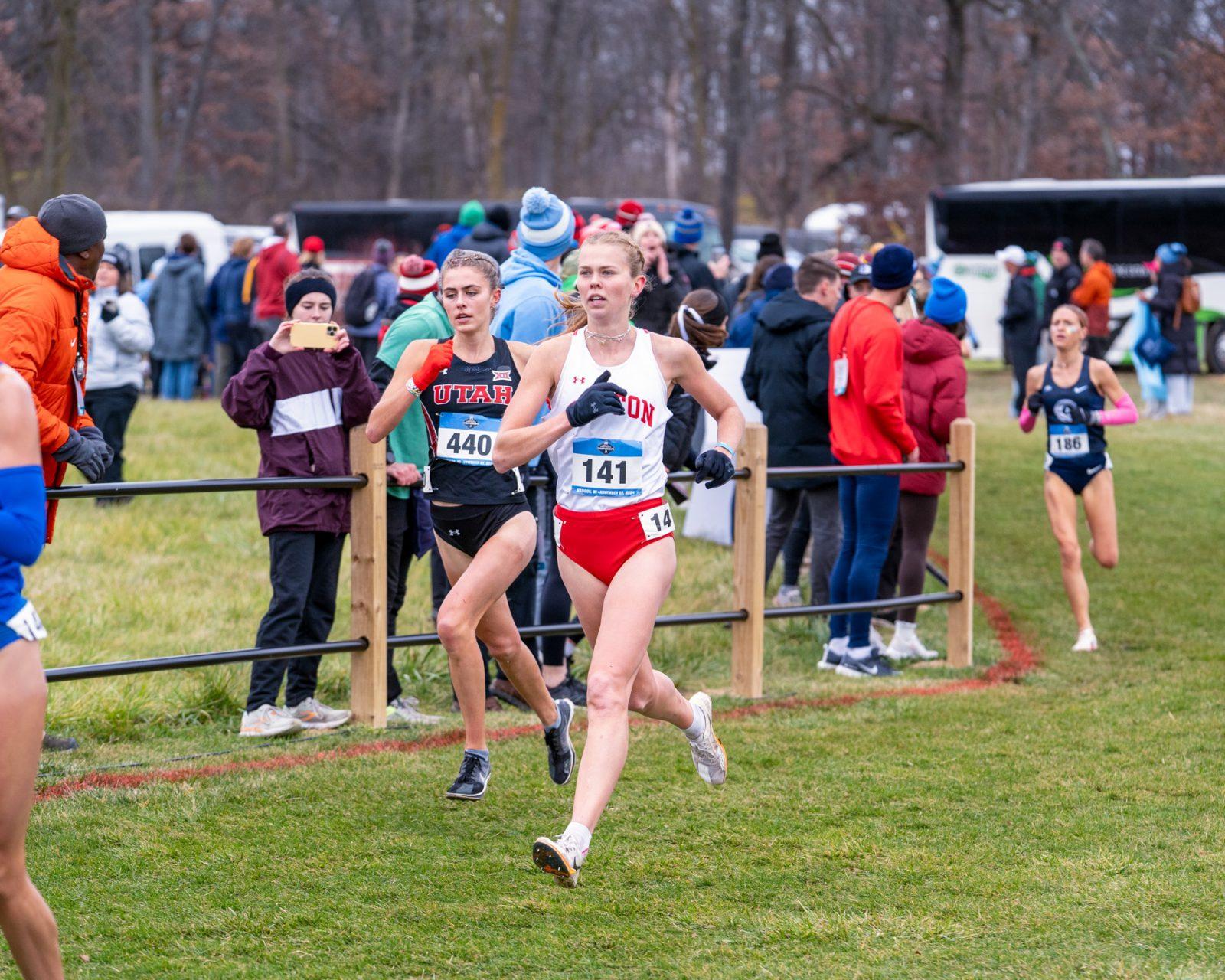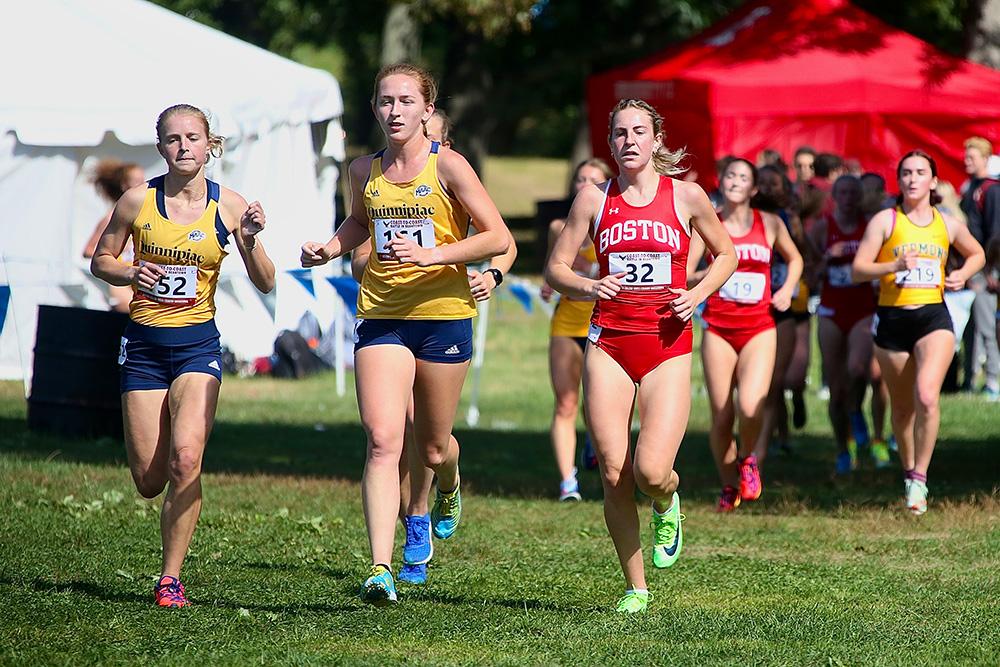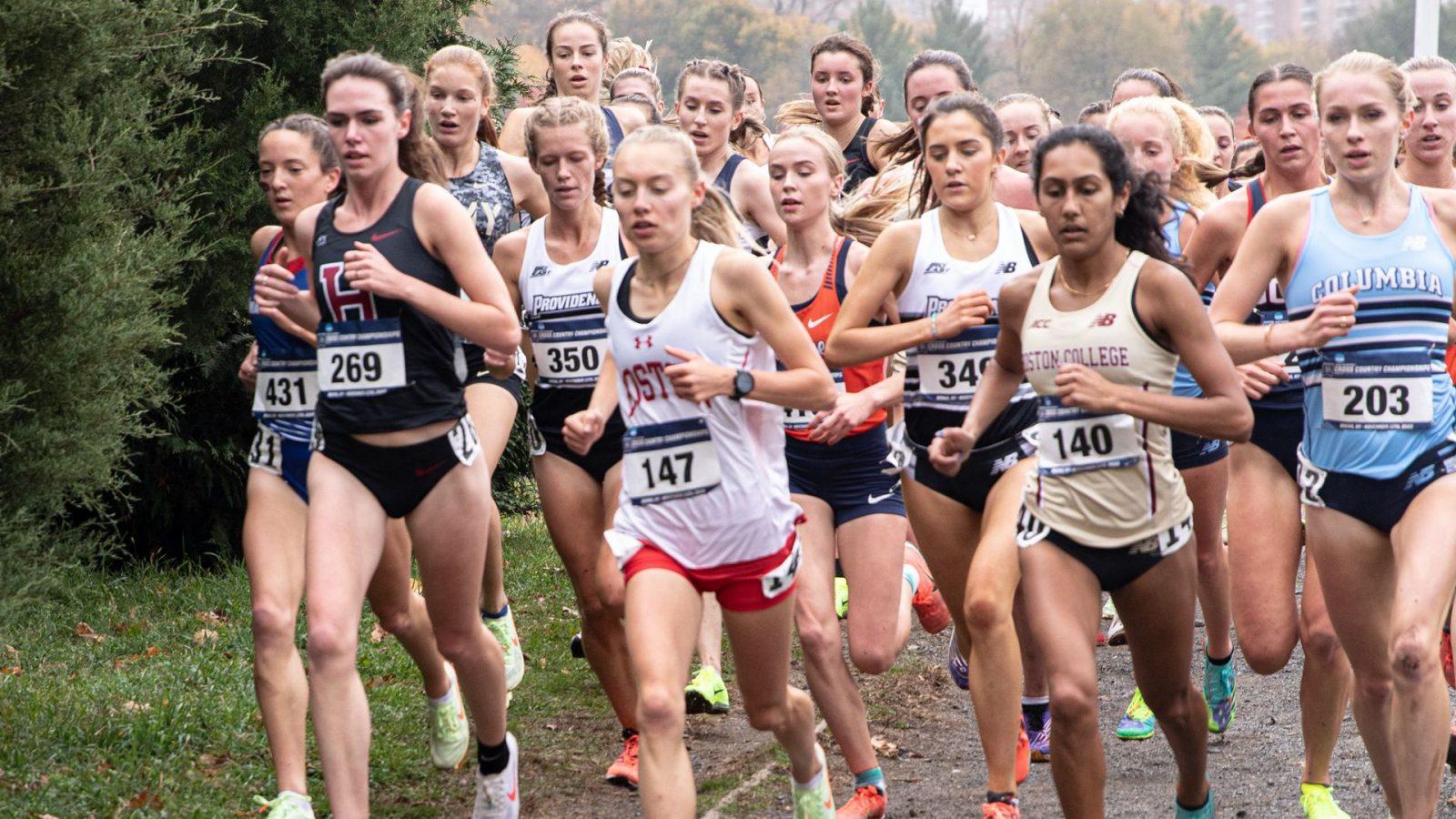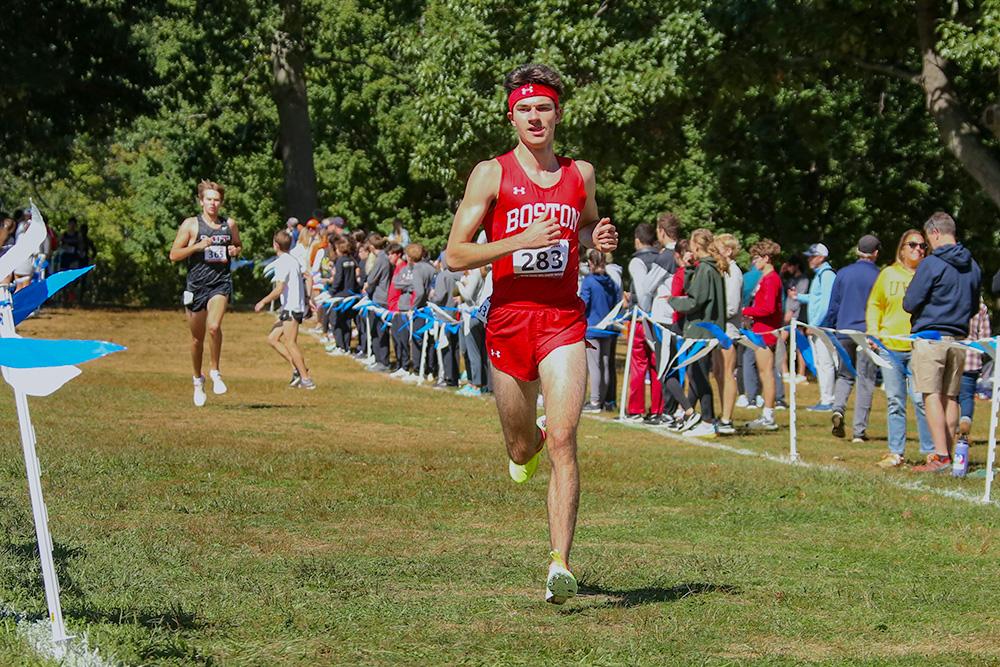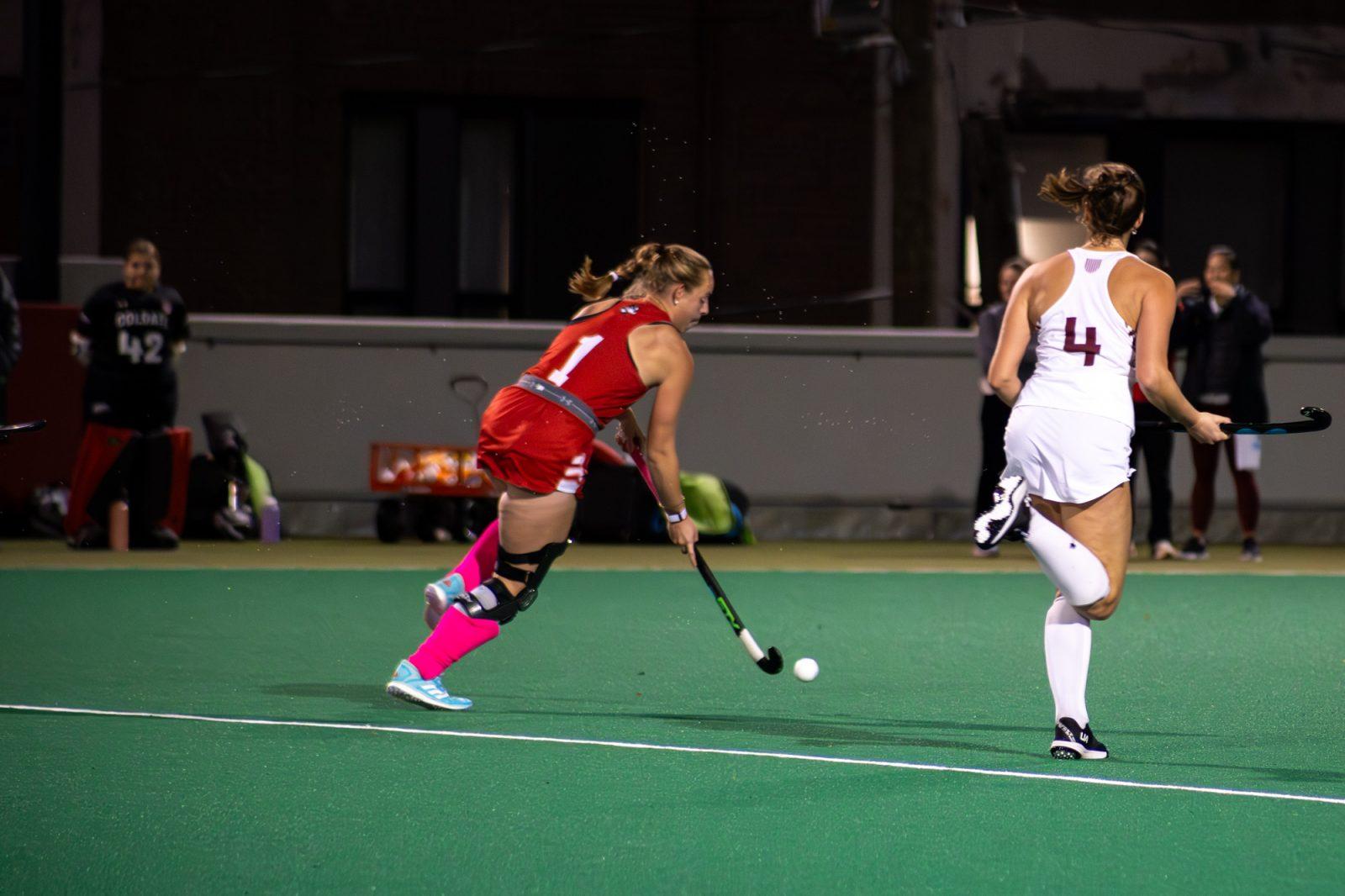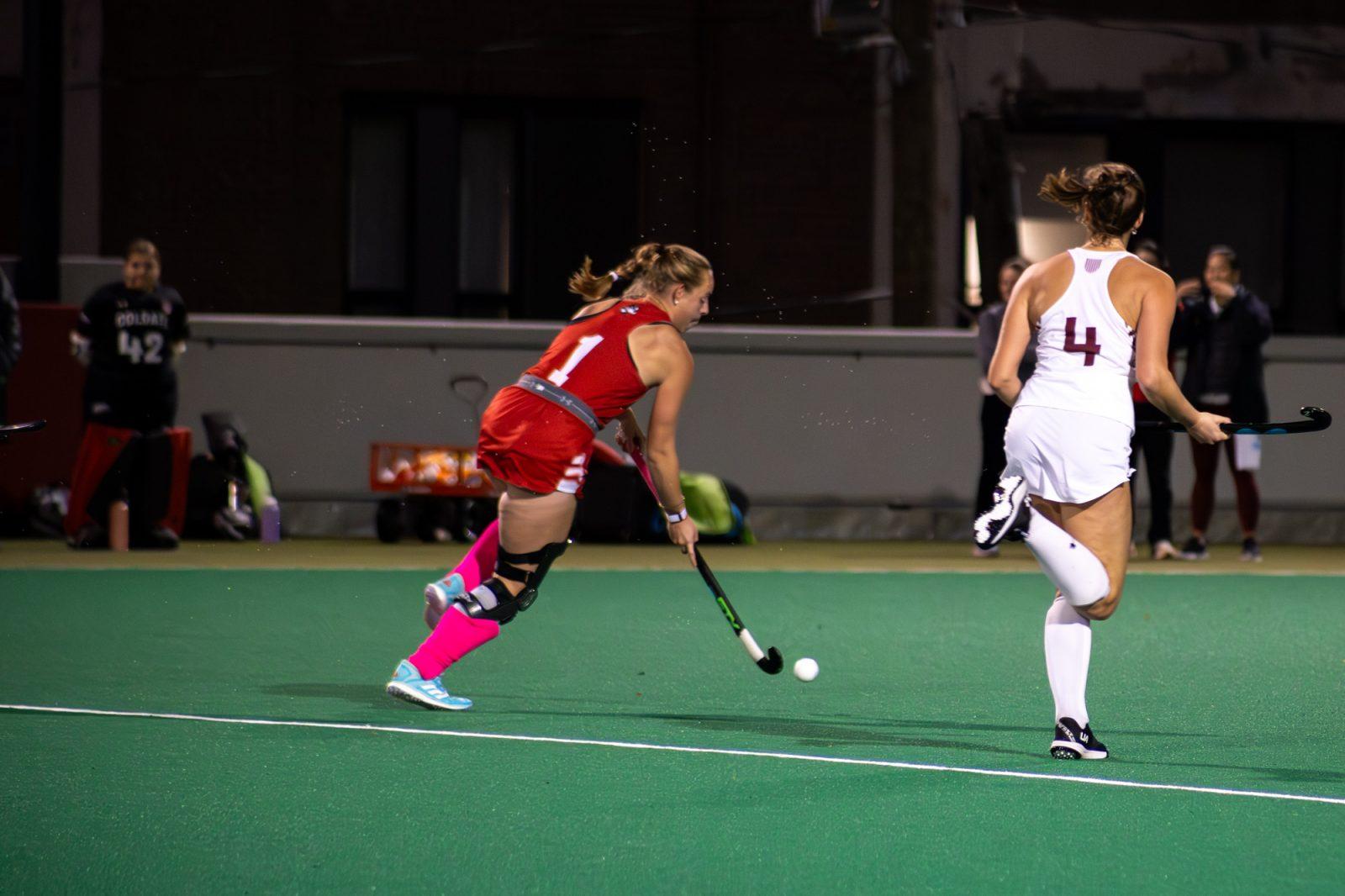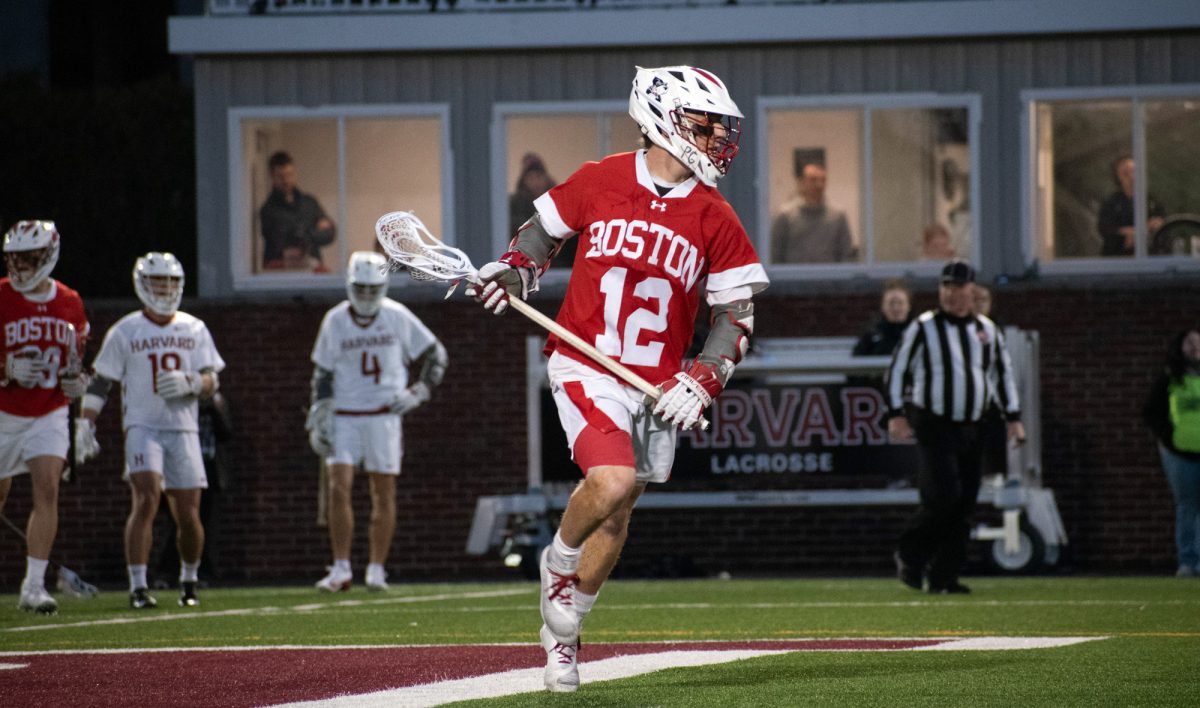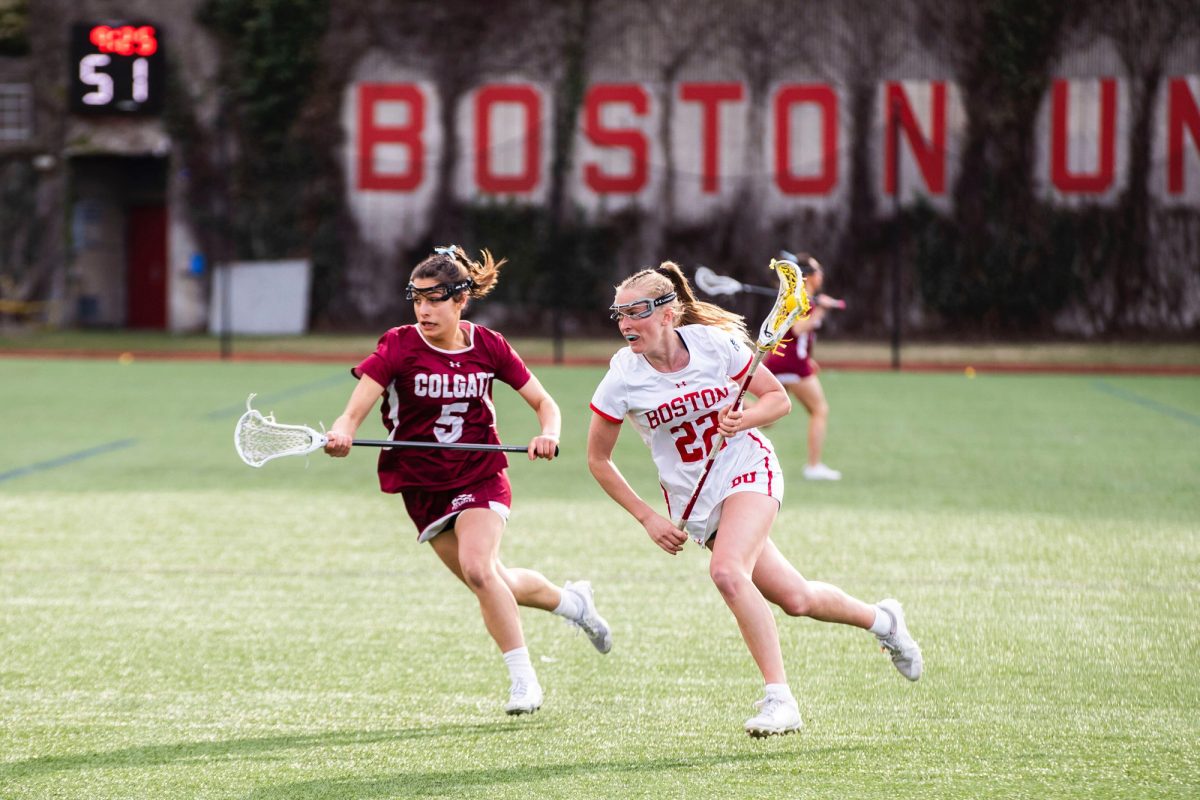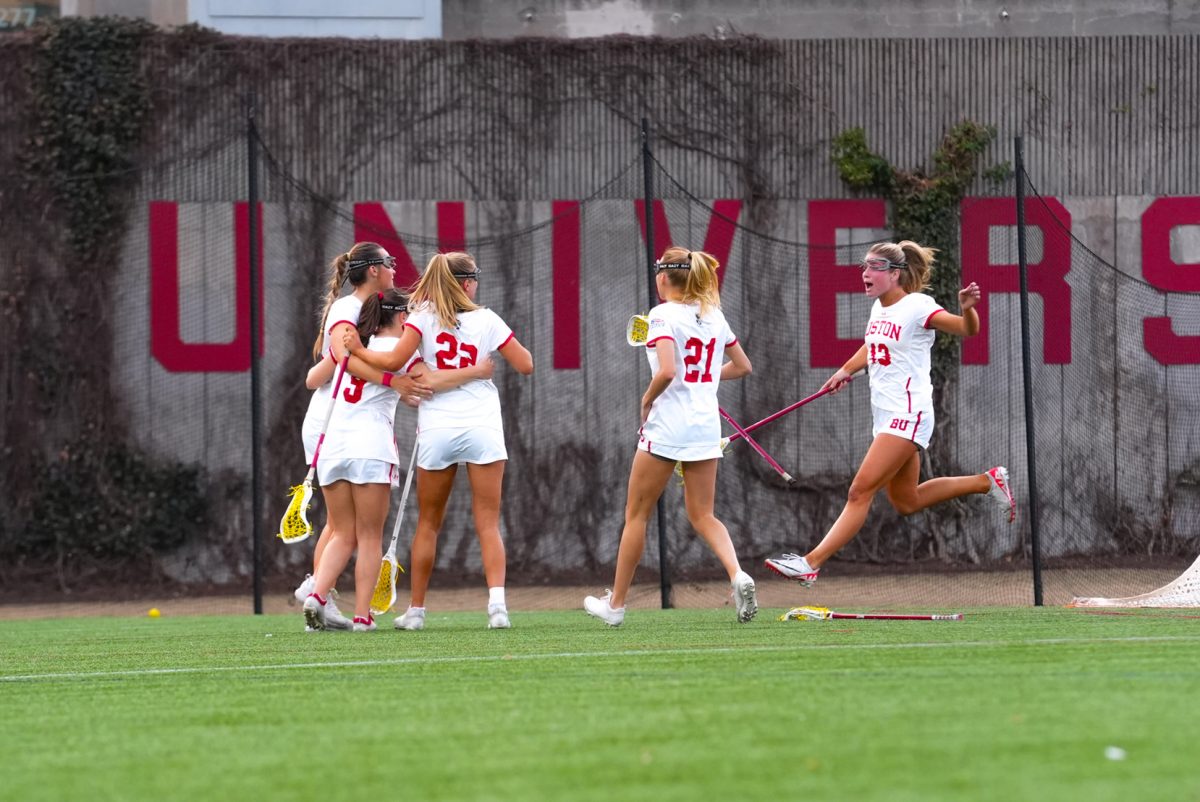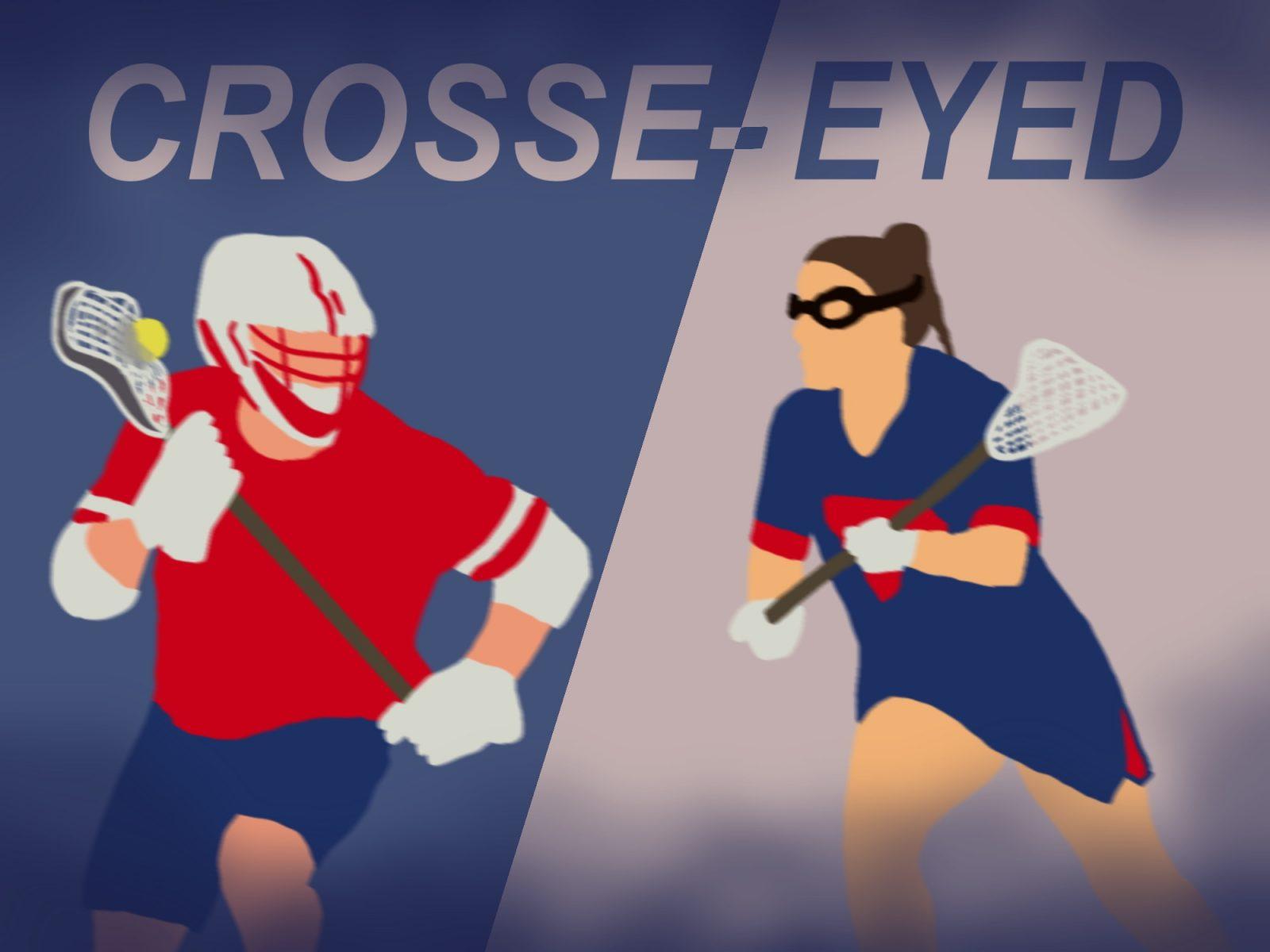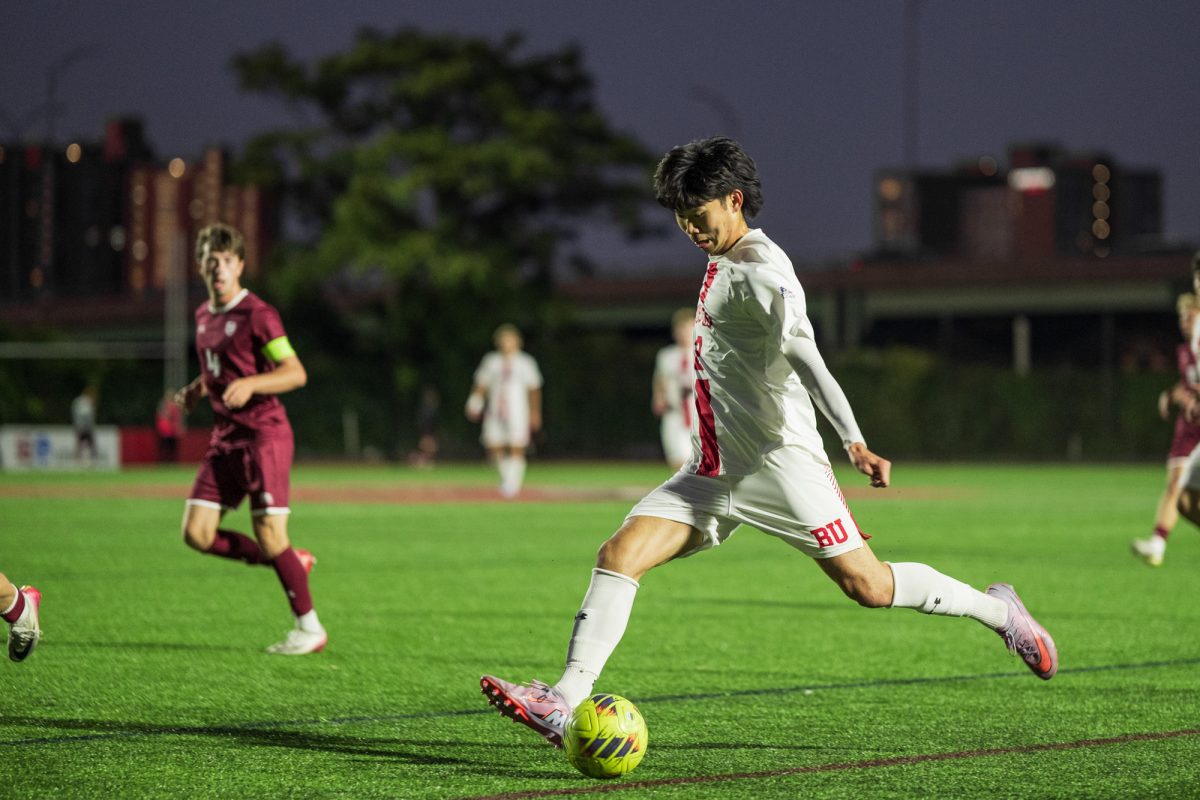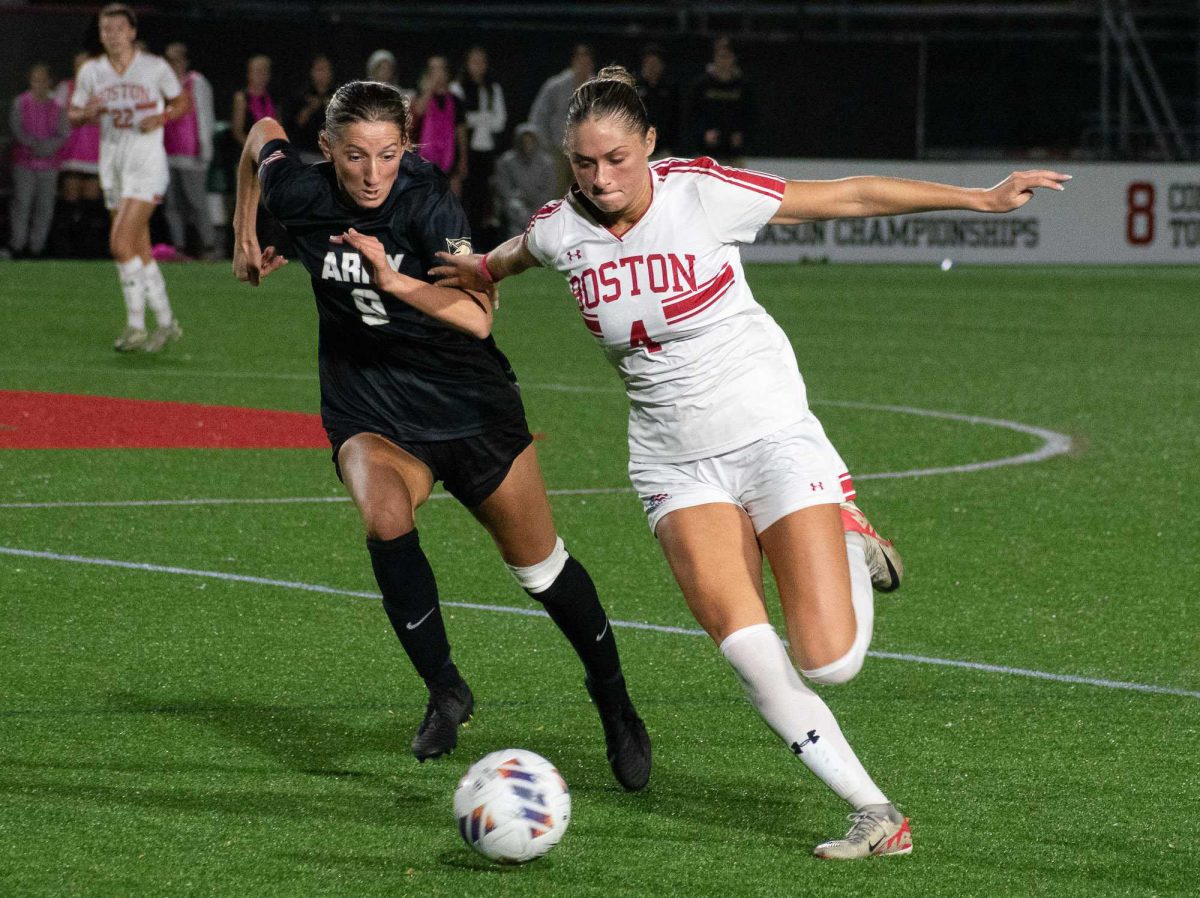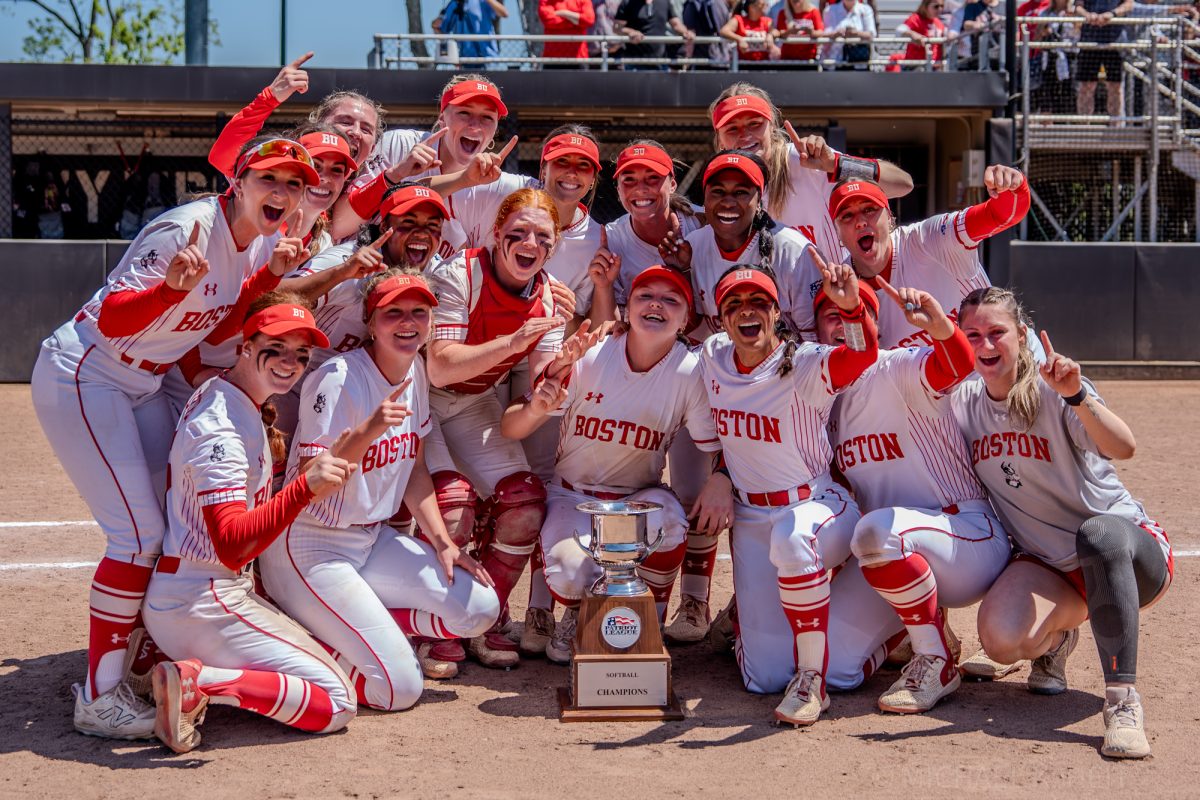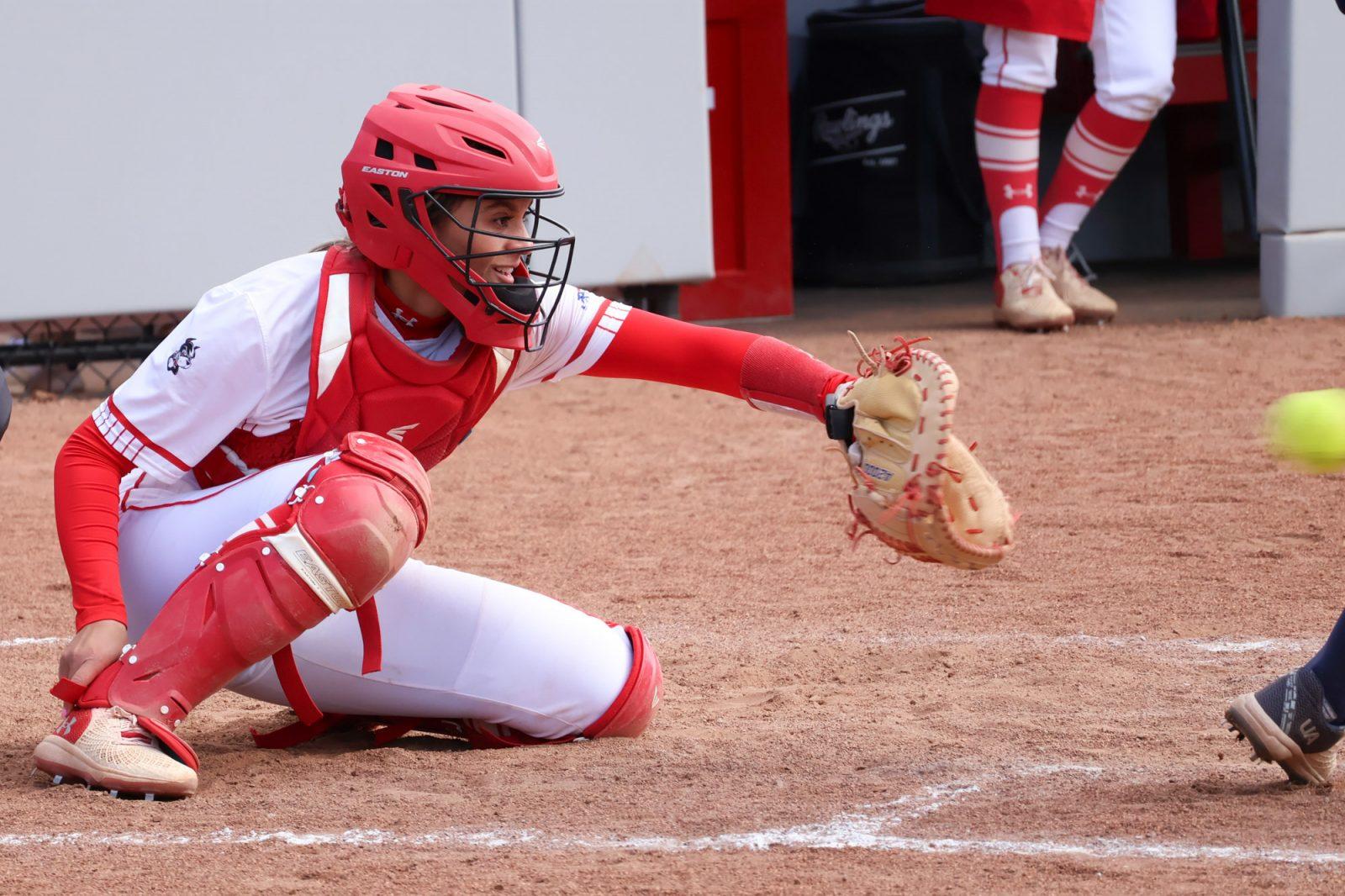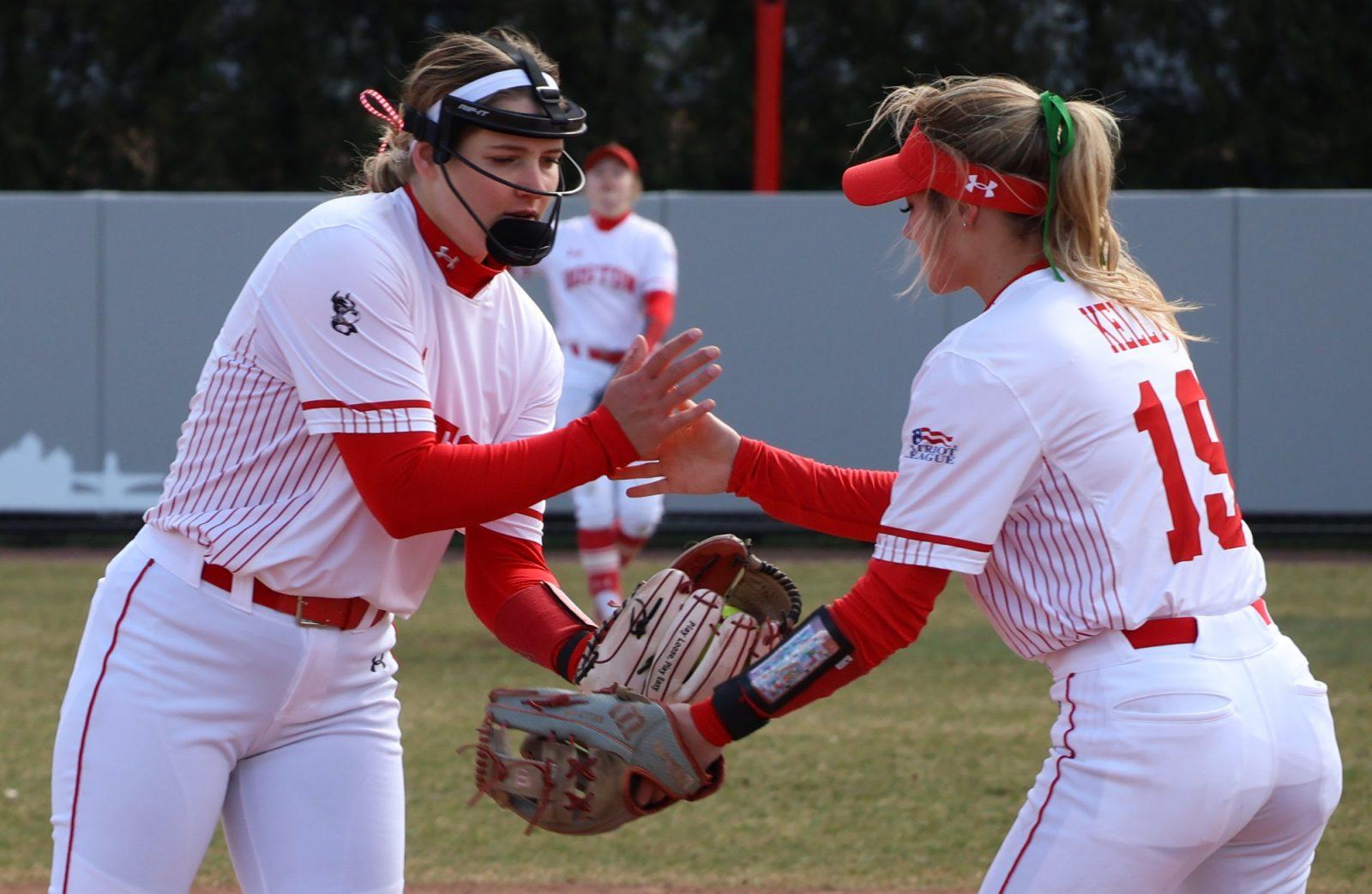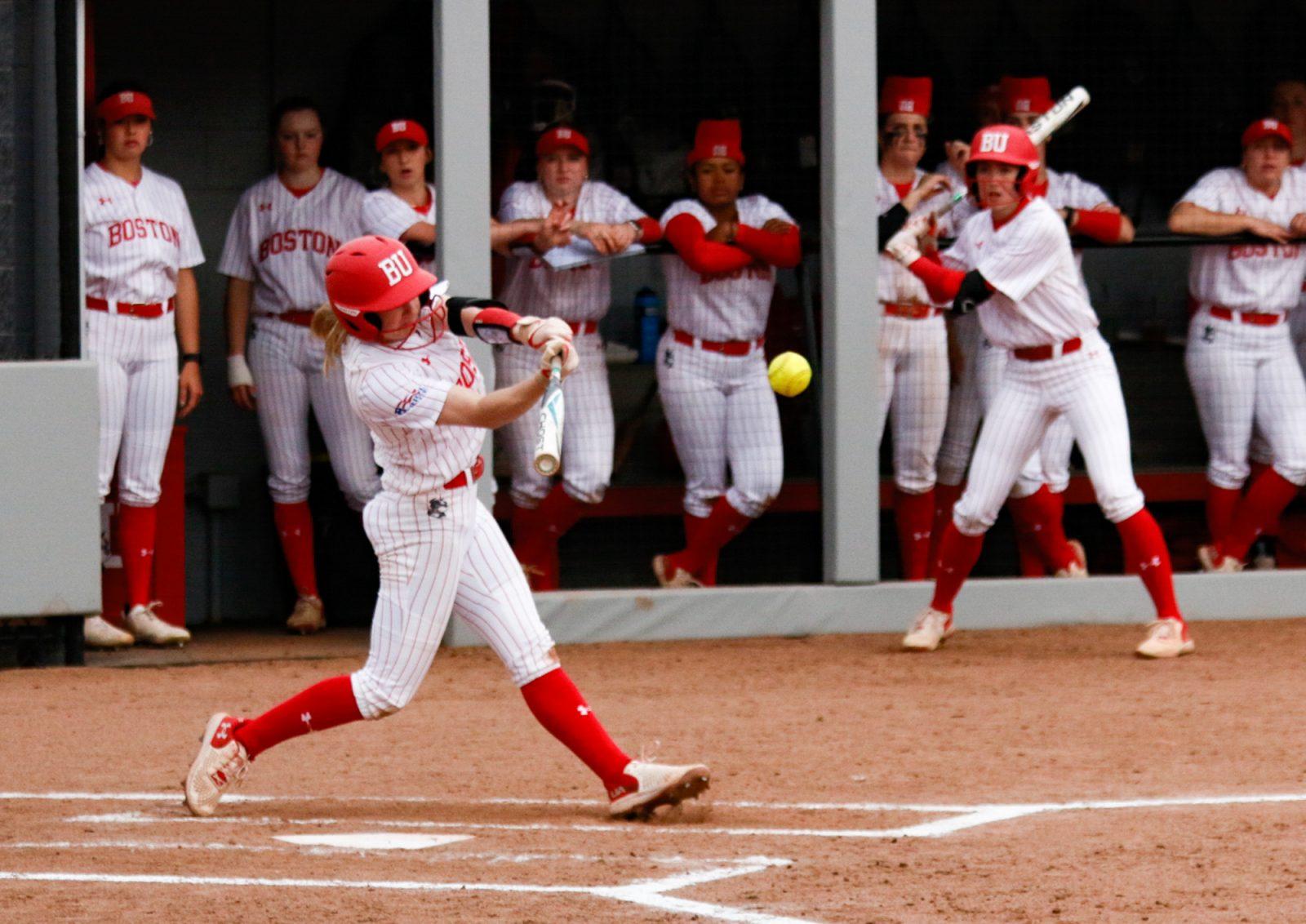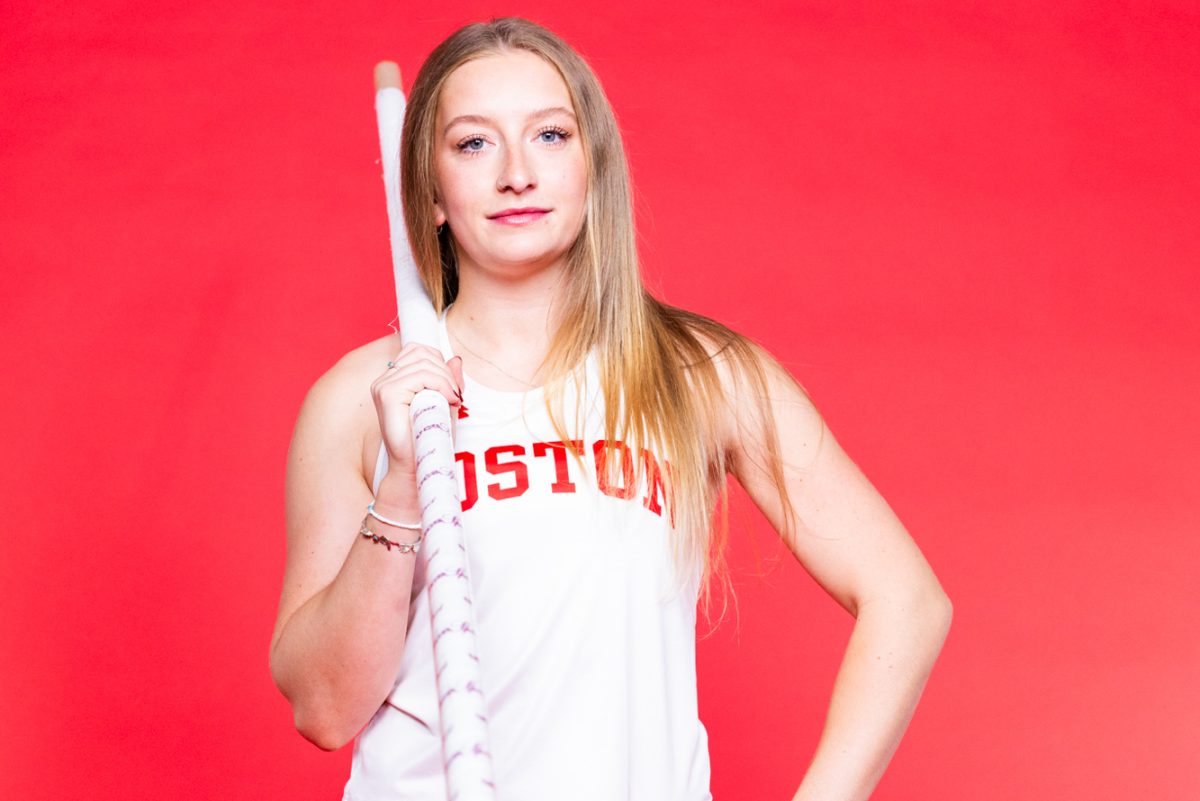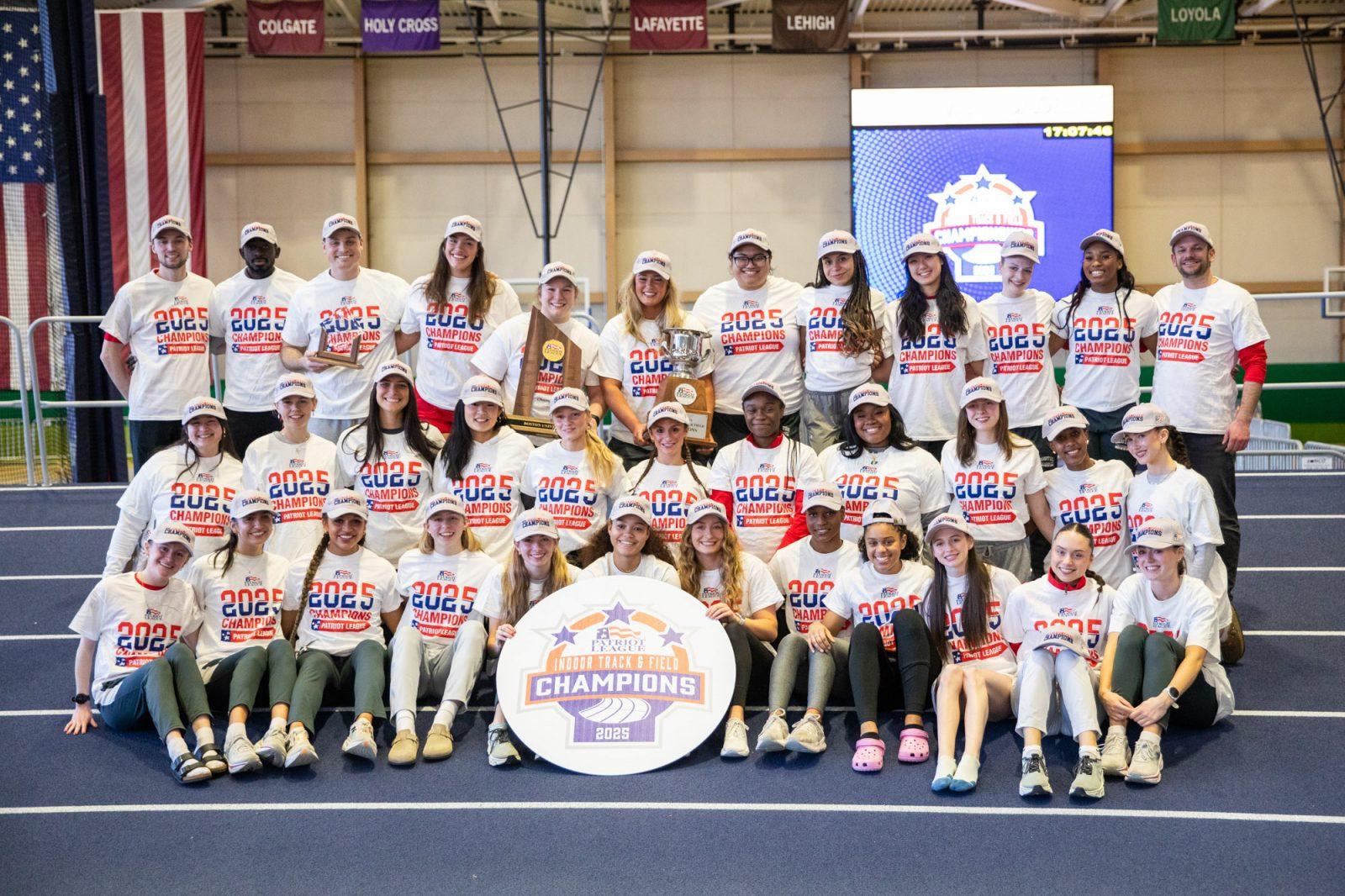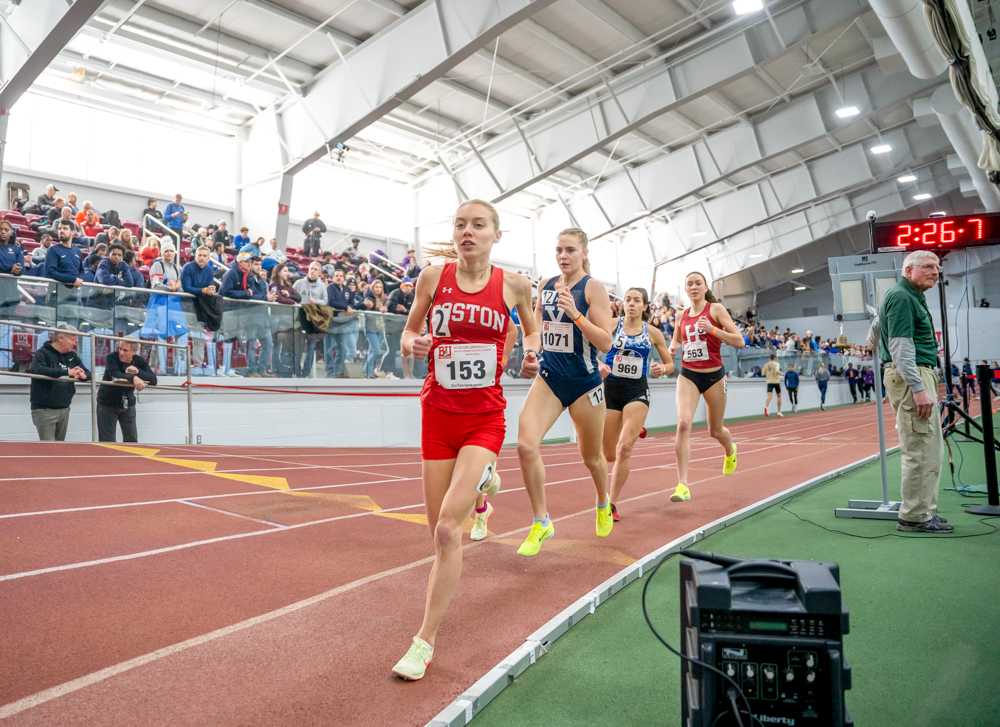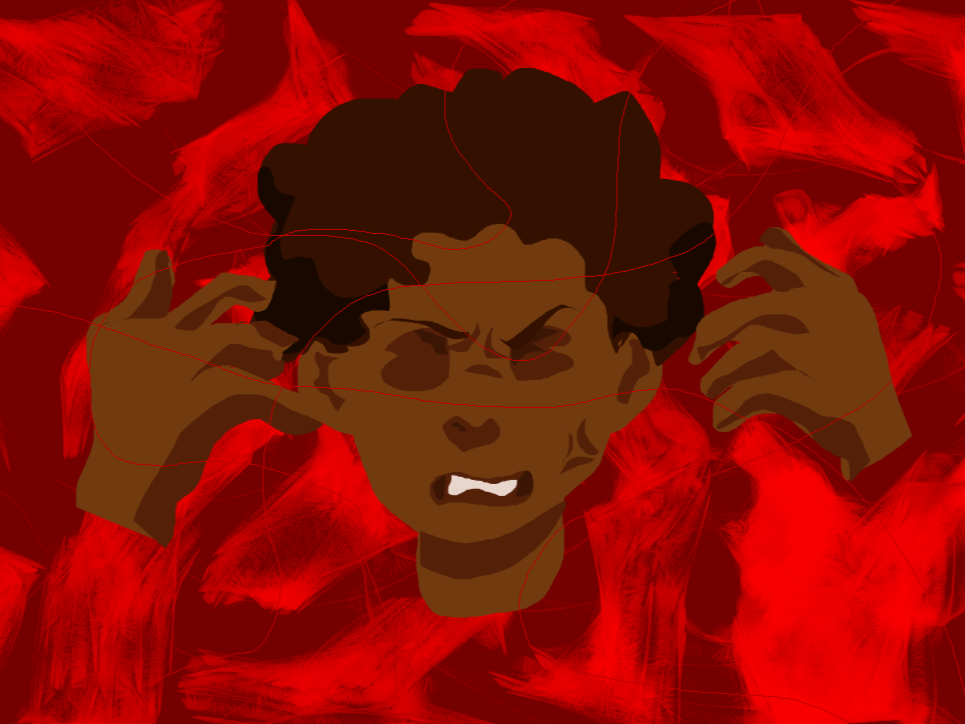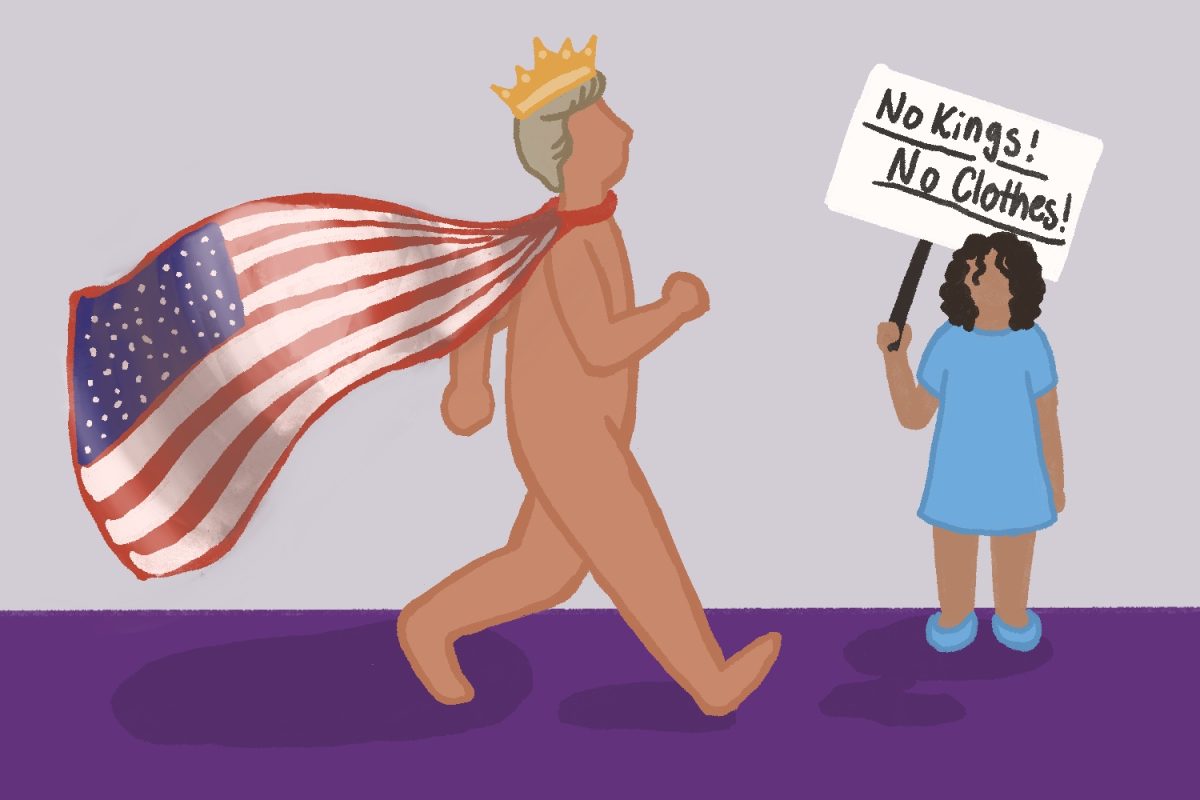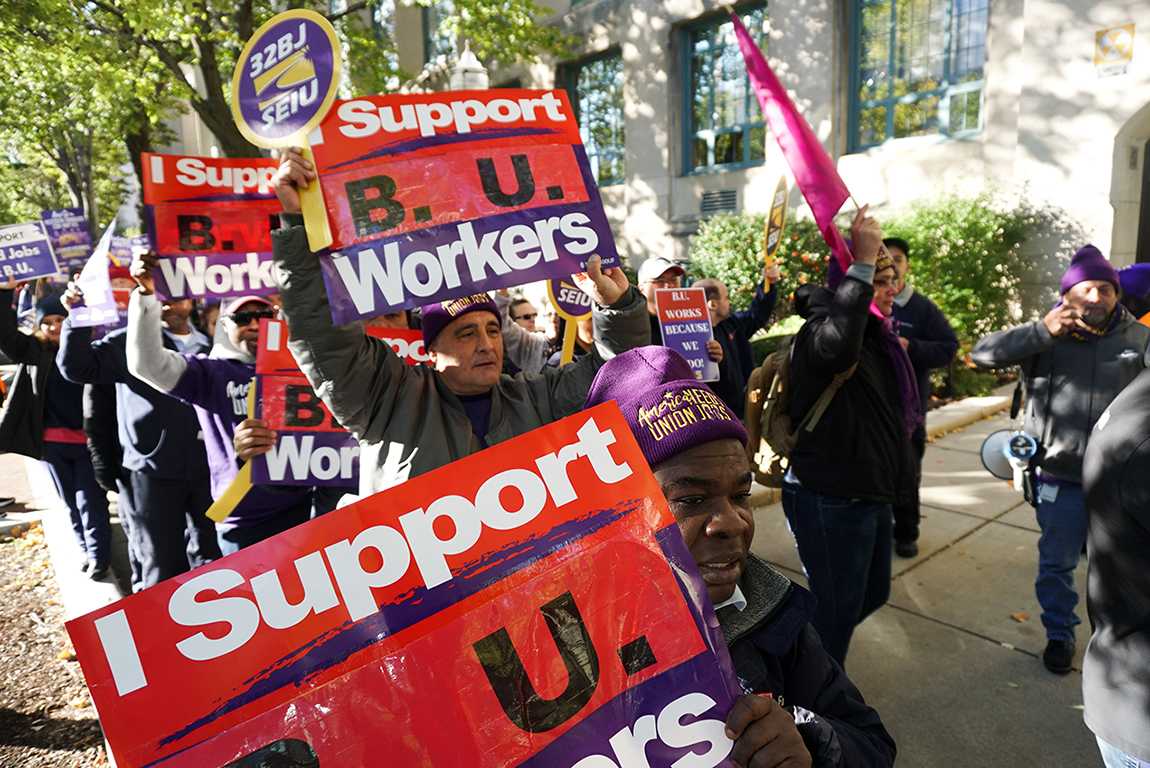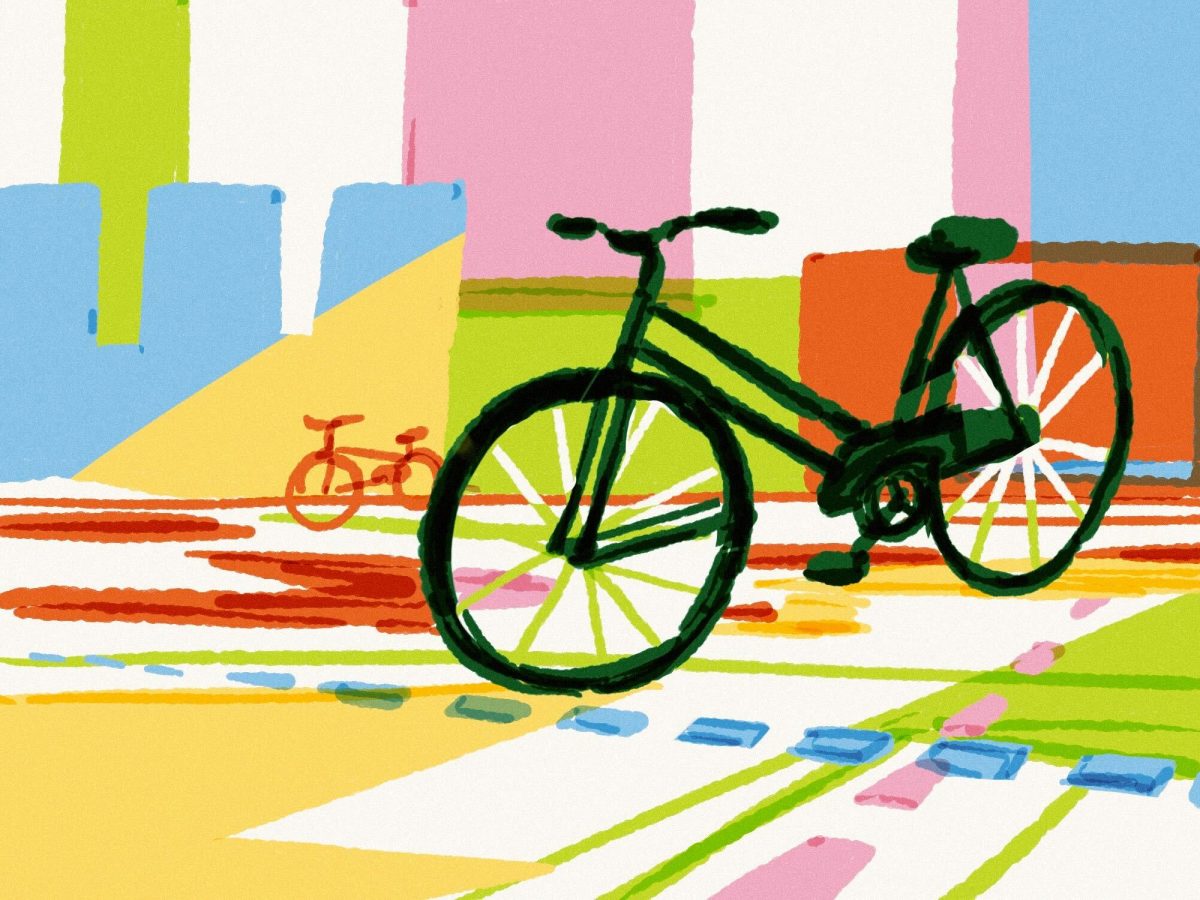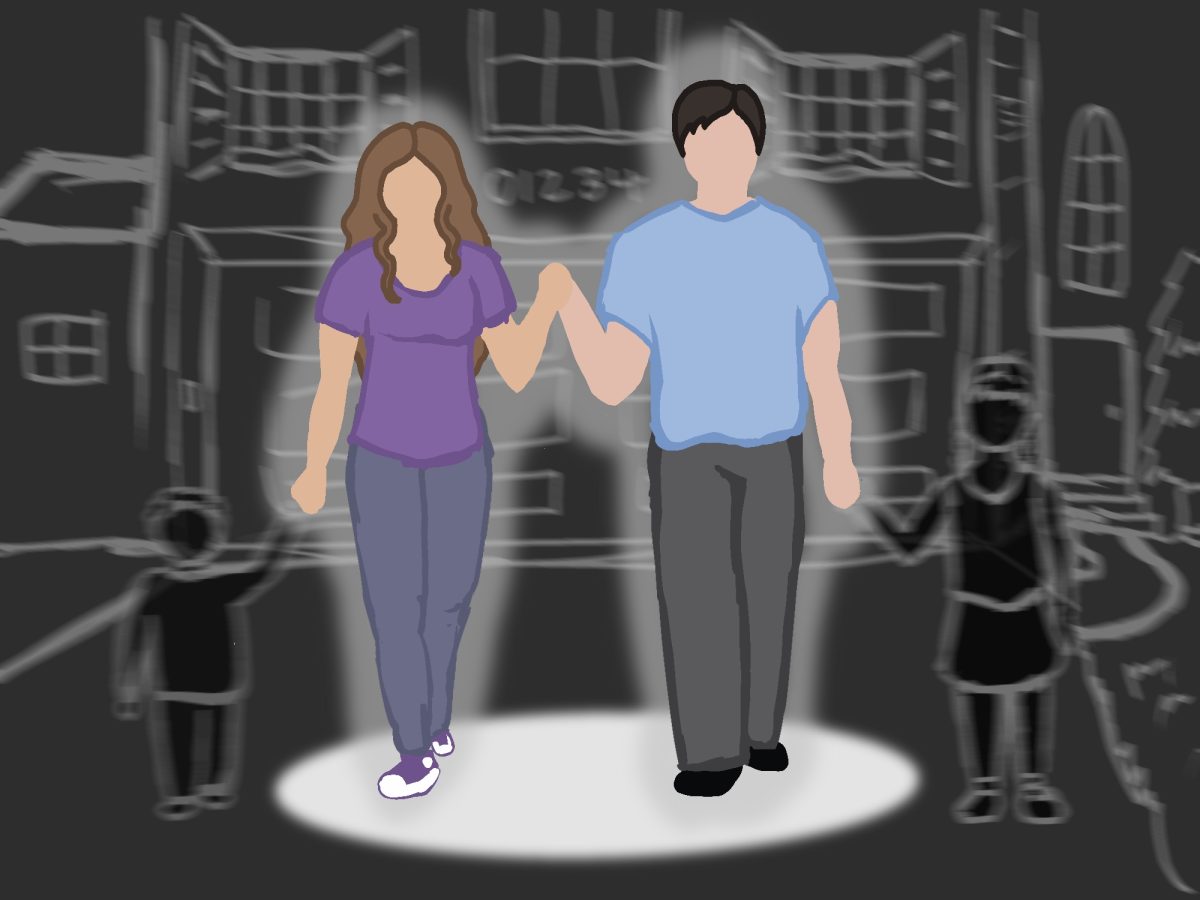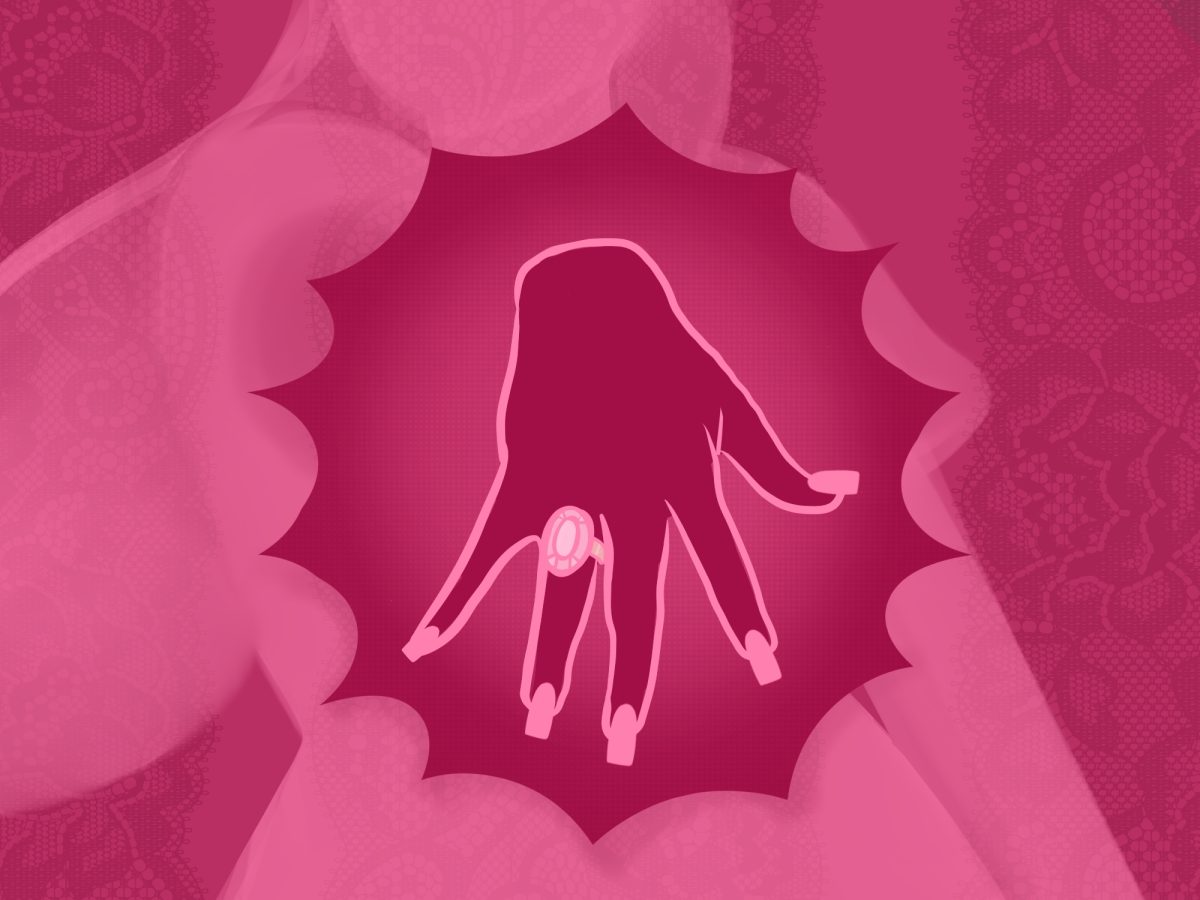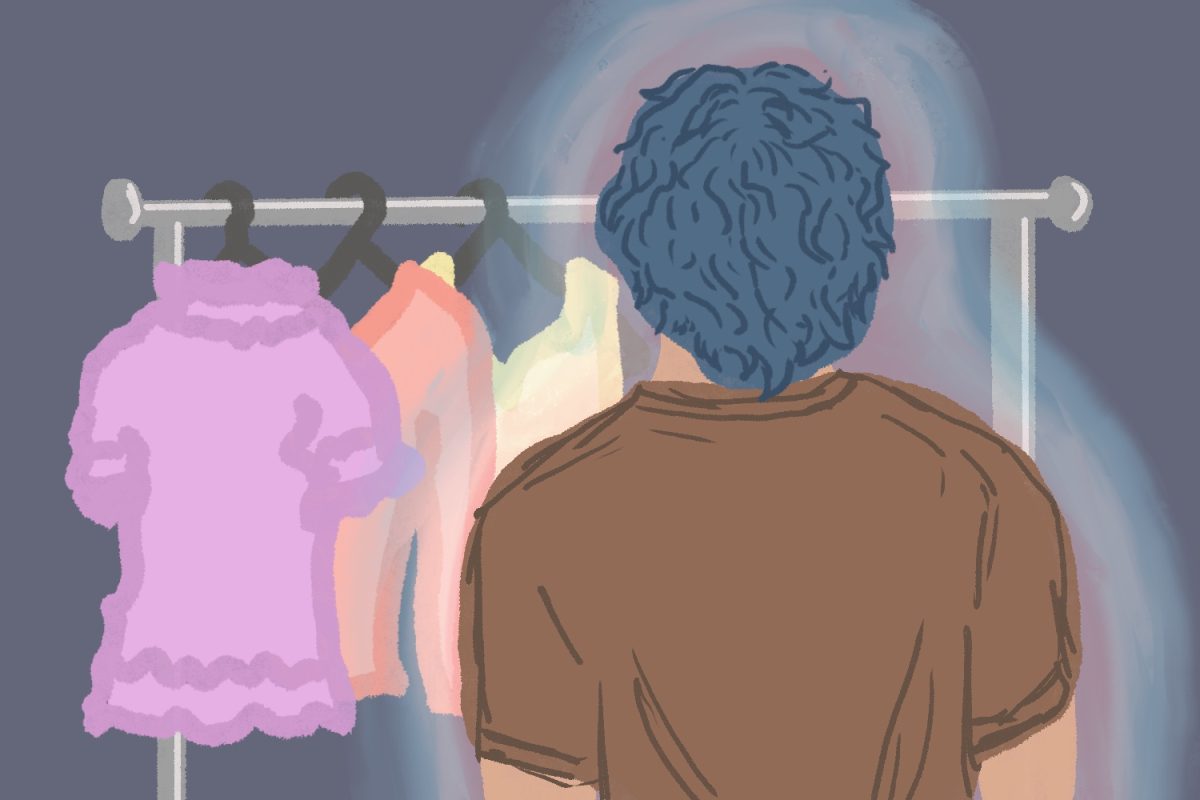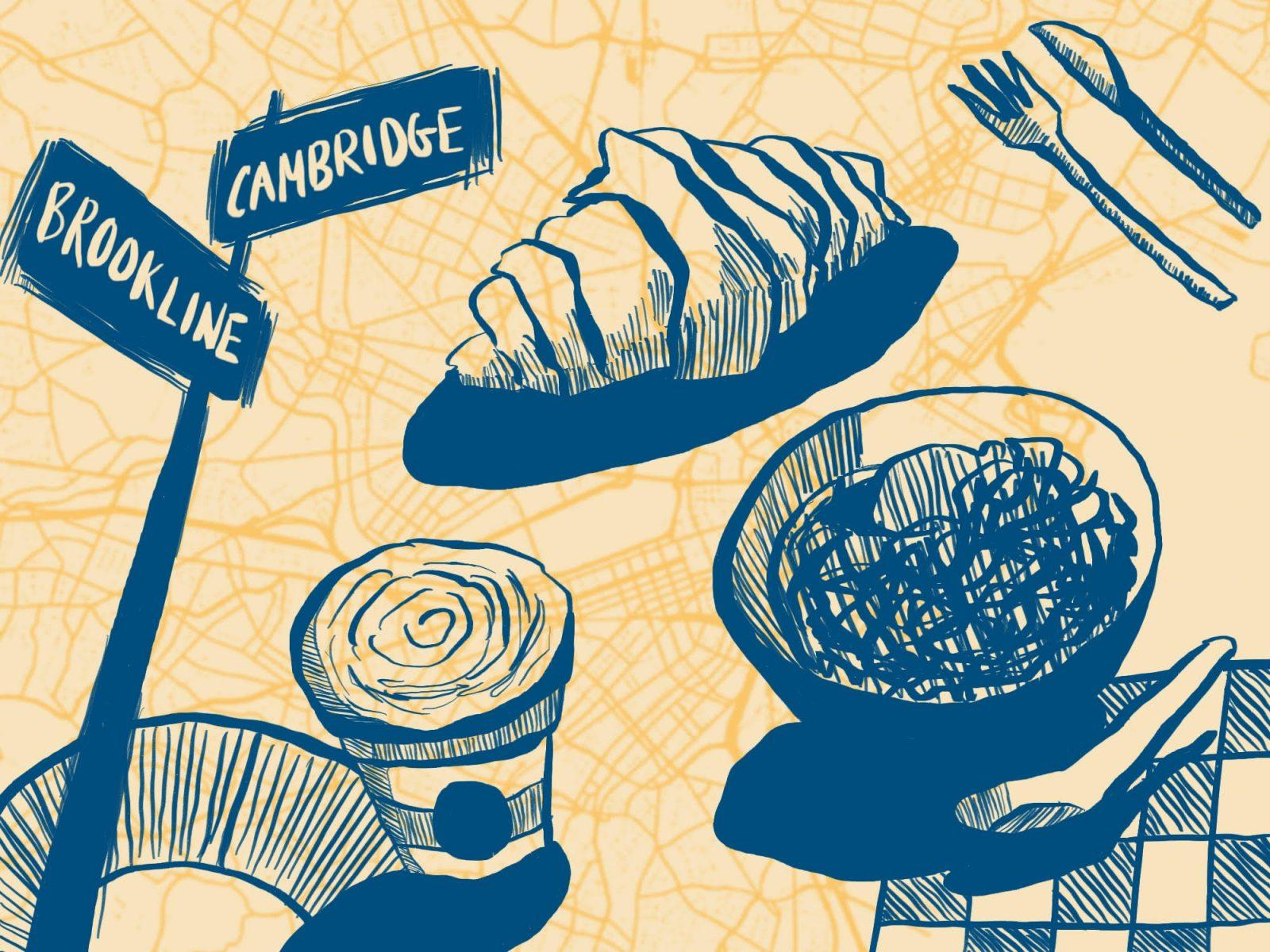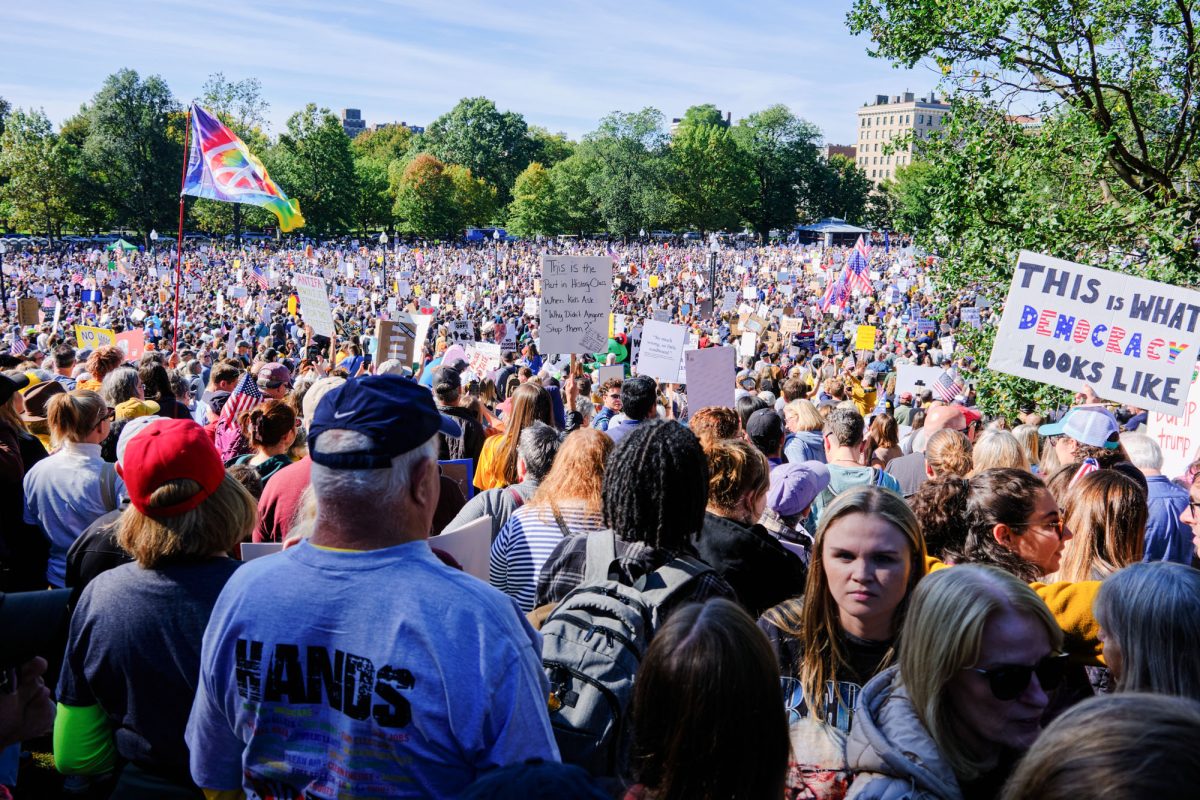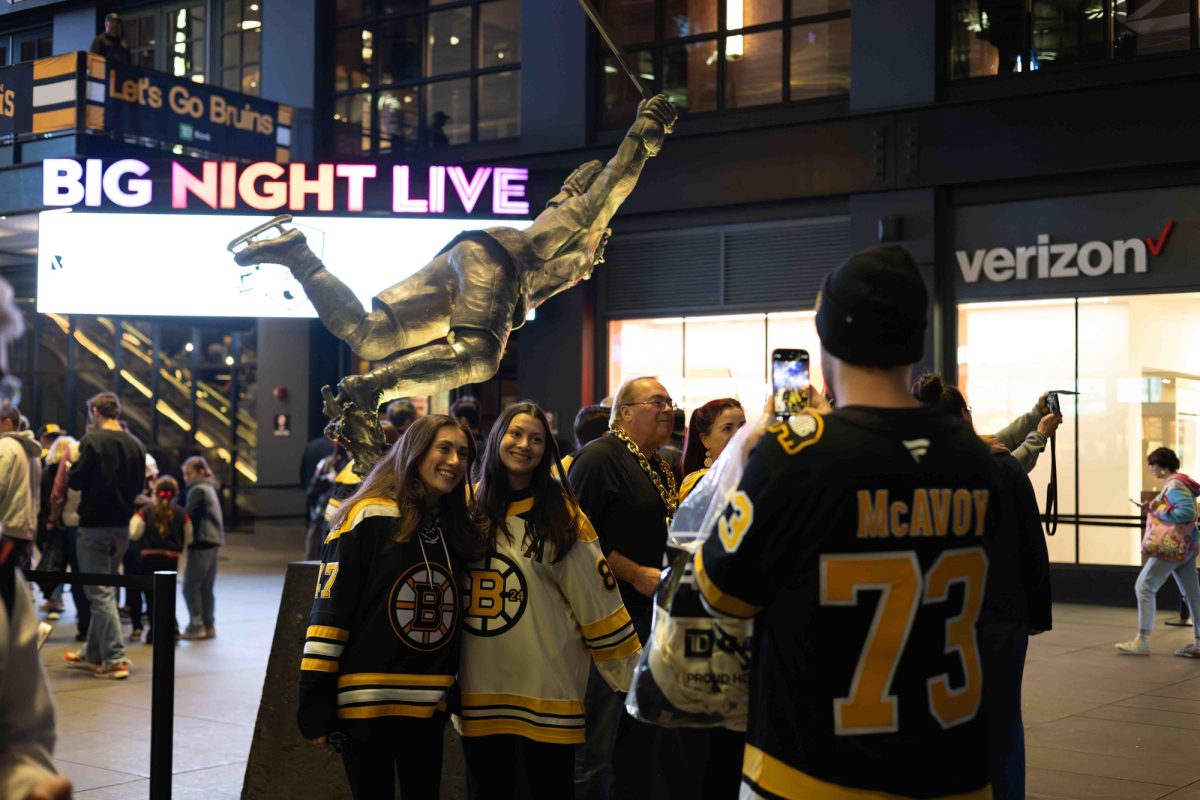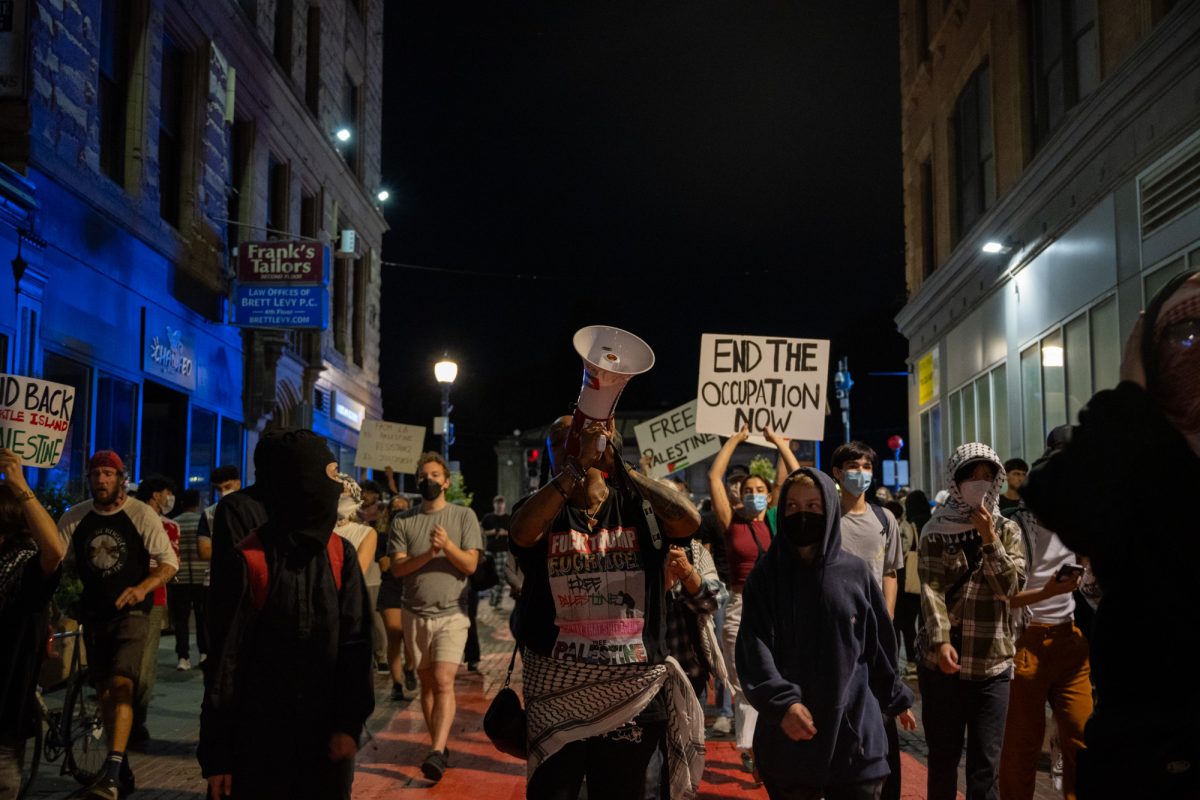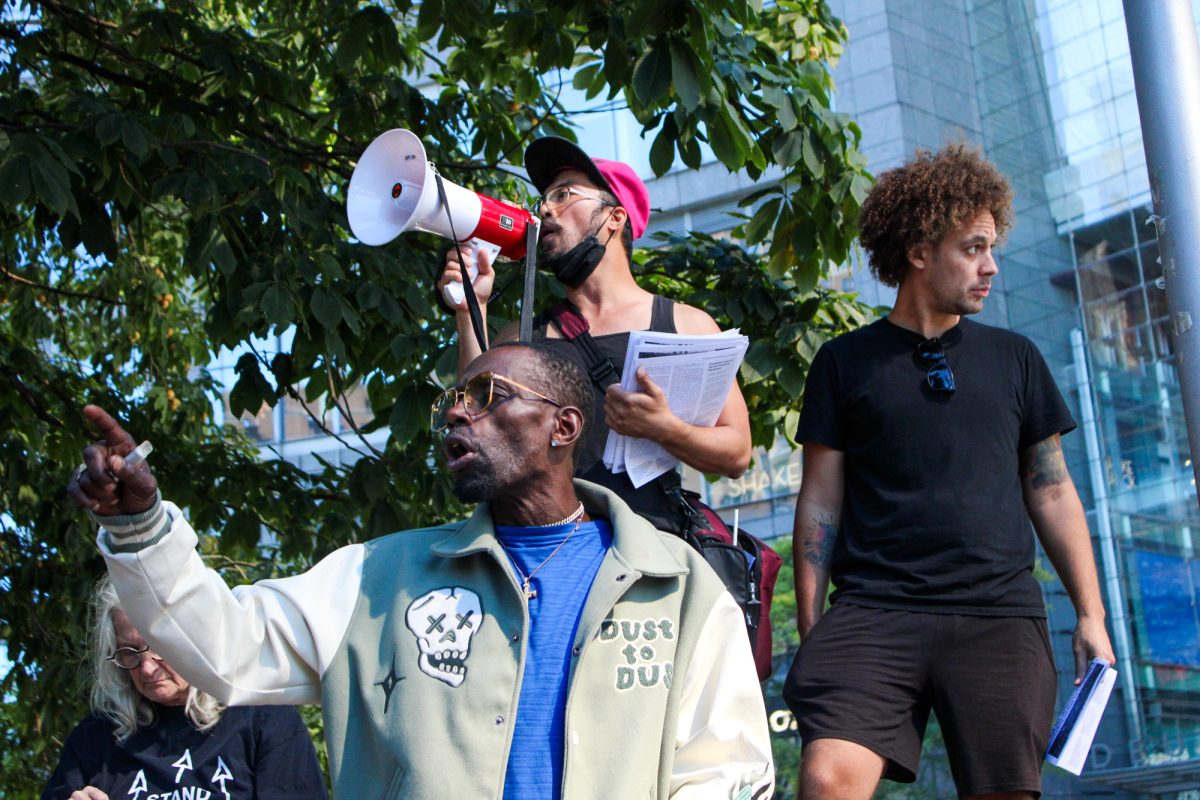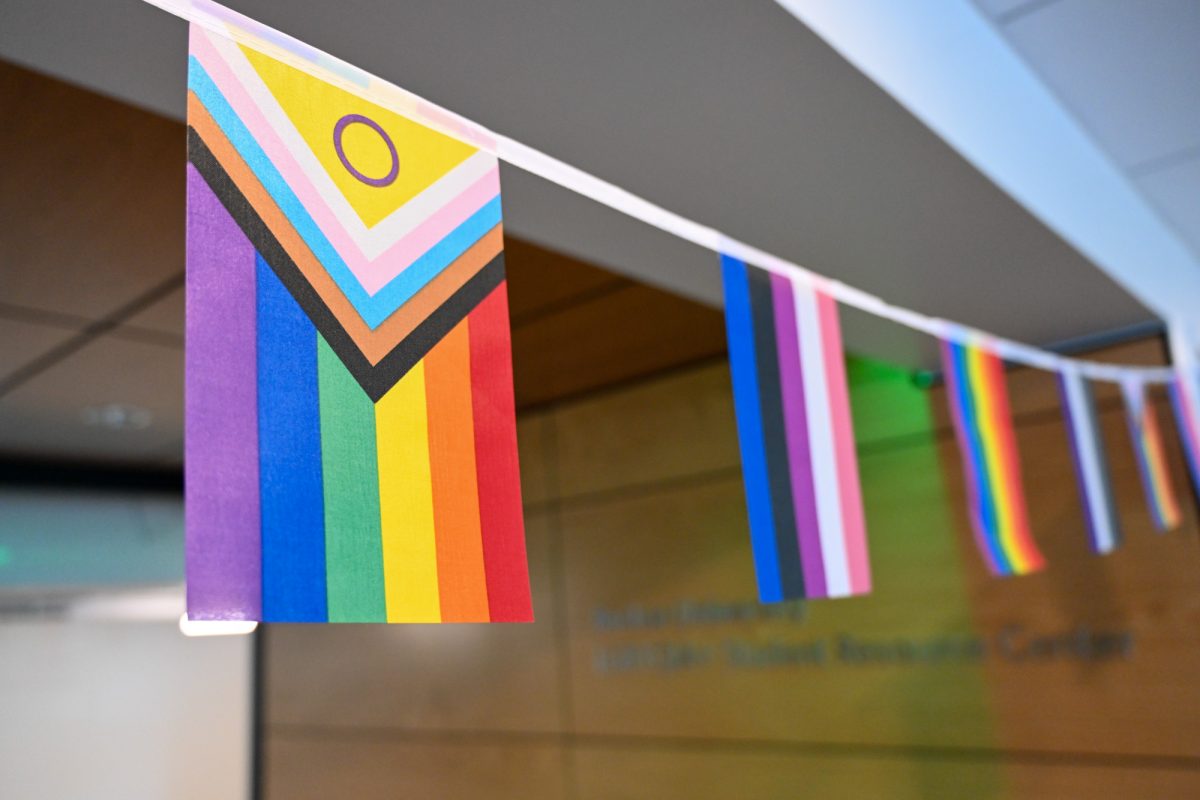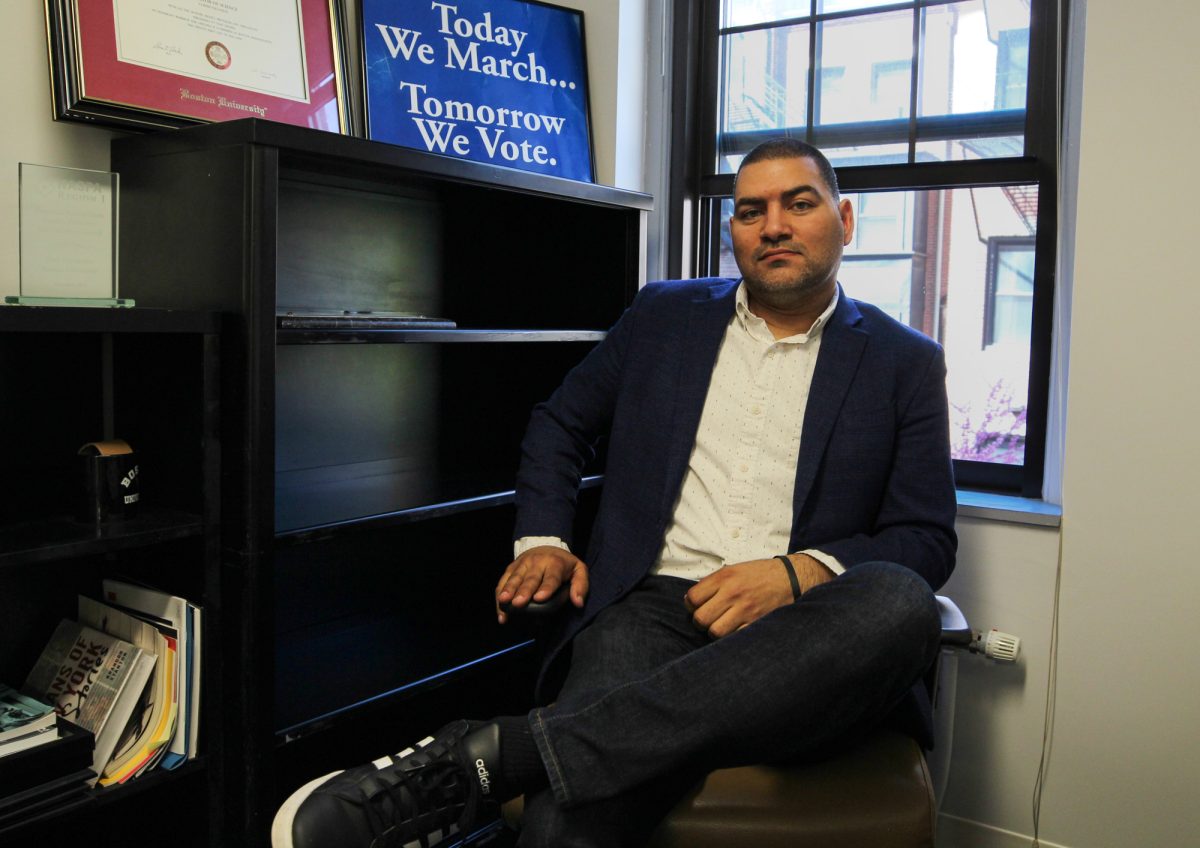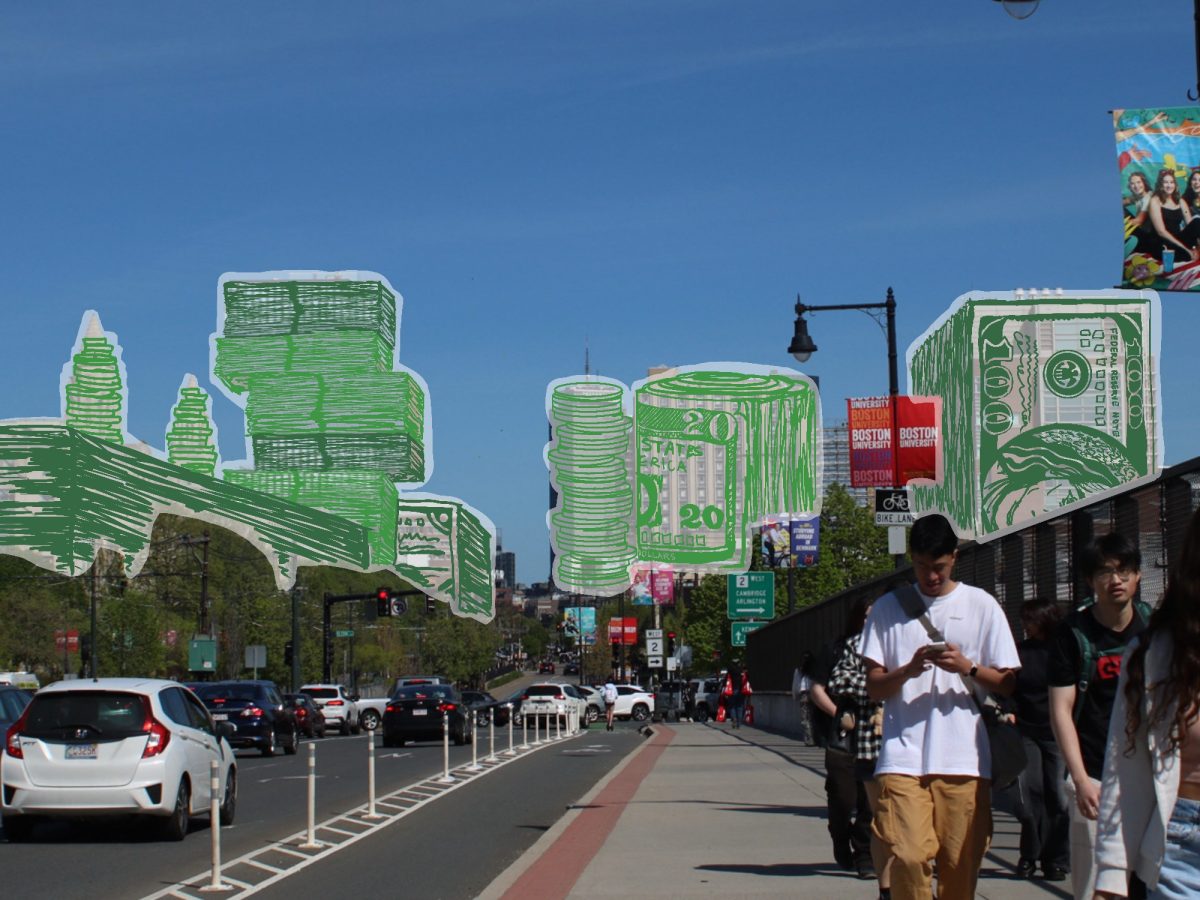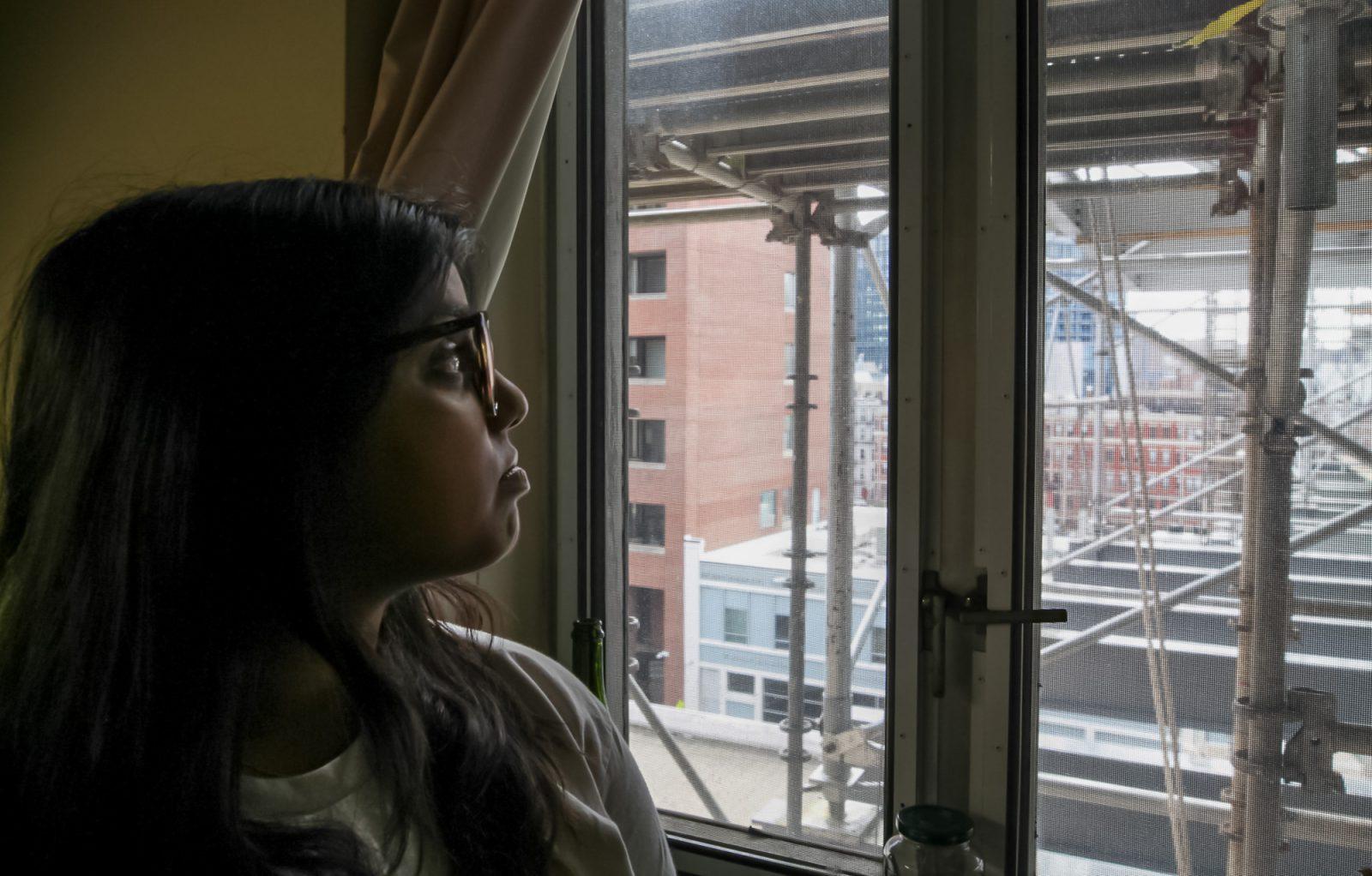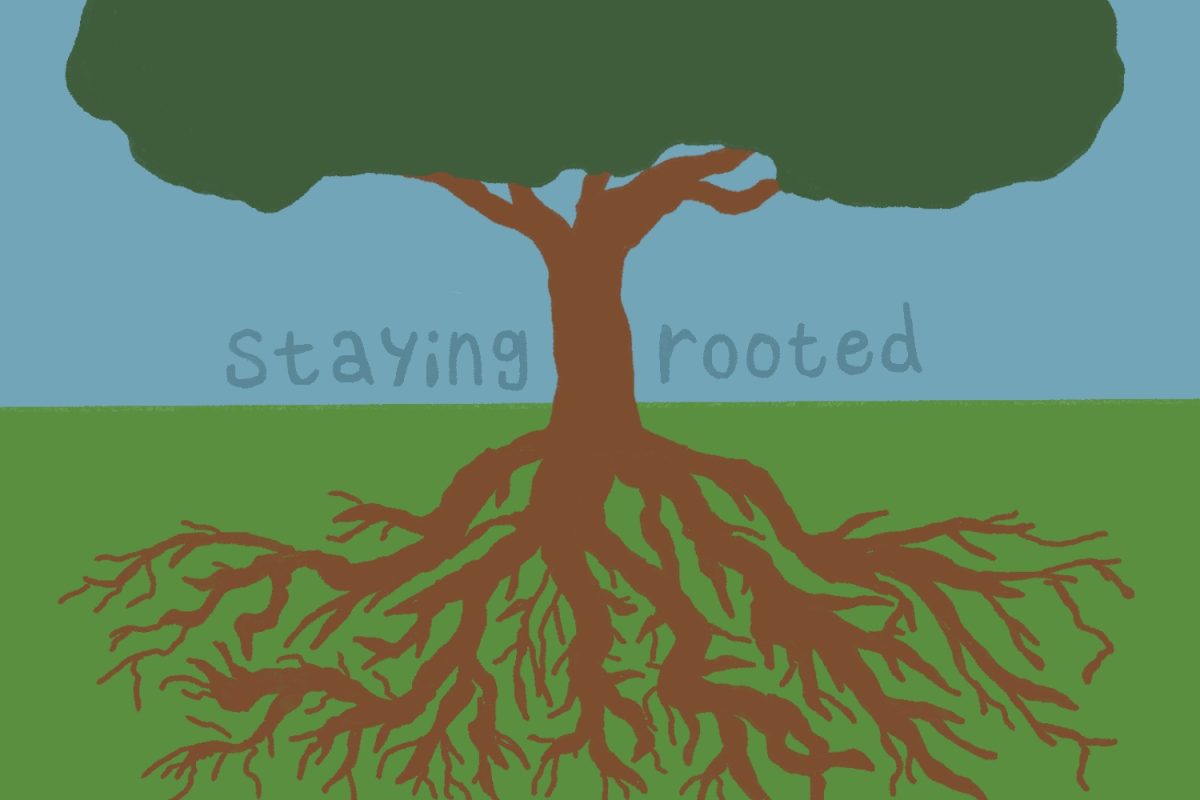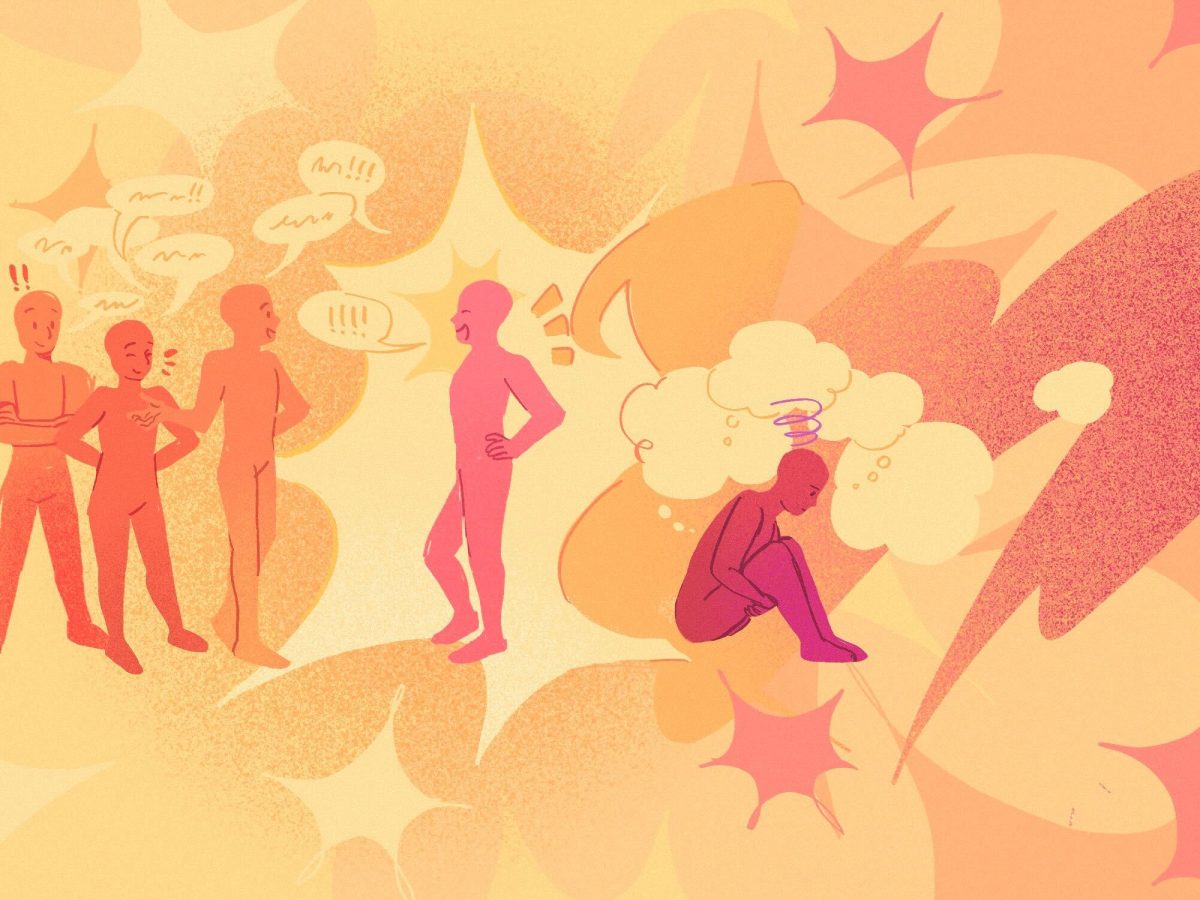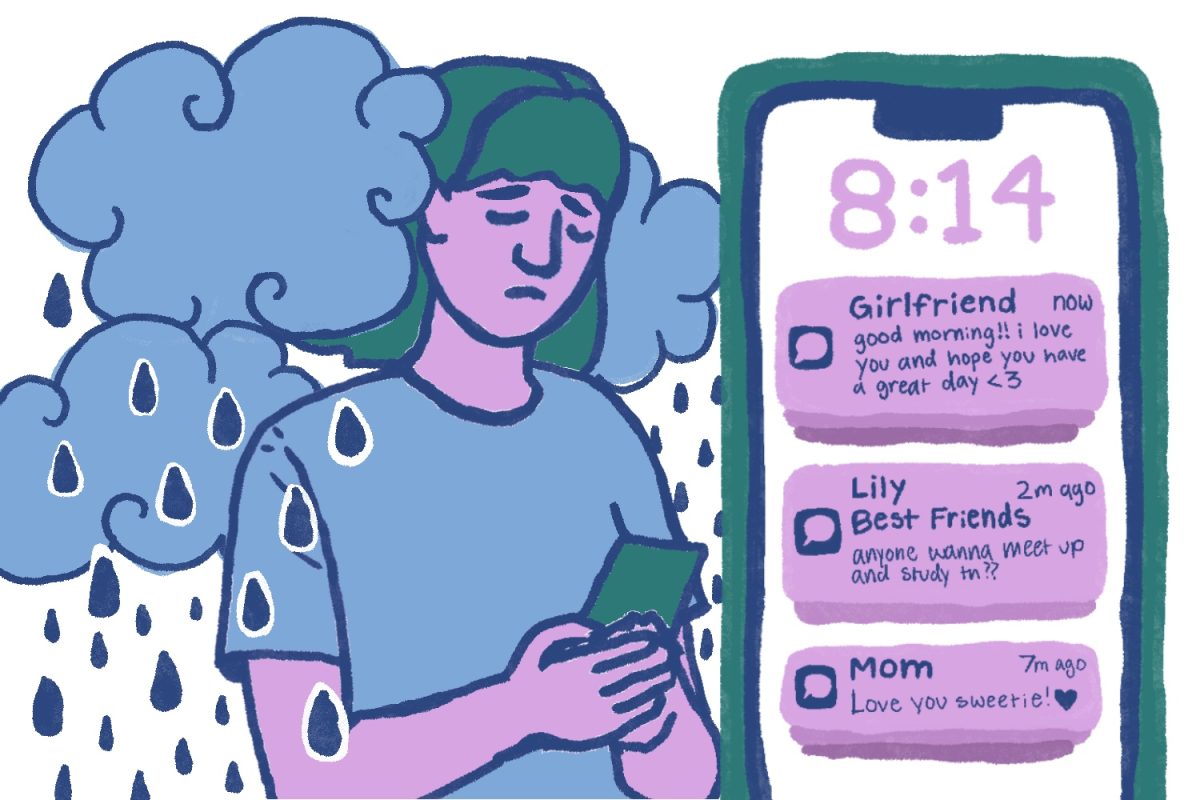The weather is changing quickly in Boston — and so are outfits on campus. Students are exchanging tank tops, shorts and summer wear for knit sweaters, leather jackets and scarves.
However, one article of clothing remains the same: jeans.
They’re a staple in any wardrobe. Jeans go with a variety of other items and suit almost every style. Jeans no longer indicate “dressing up” or “dressing nice”, as I once thought.
Other college campuses away from the busy city, on the other hand, turn to sweat sets and hoodies for their everyday class wear.
My friend, Kayla, who transferred to Boston University from Bloomsburg University, a small college in Pennsylvania with a population of about 9,000, told me people would wear flared leggings to class and that would be considered dressing up. Comparatively, in Boston, wearing leggings signals going to the gym or participating in other physical activities.
Similarly, my other friends at the University of Massachusetts Amherst explained their normal attire for class is sweatpants and a hoodie. For footwear, they opt for UGGs instead of sneakers if they want to feel “cute” that day.
So what does this mean? Are people less fashionable in college towns, or do people just care more about what they’re wearing in the city?
In a survey by Styleseat, they ranked colleges that put “the most effort into their looks” and colleges that put “the least effort into their looks.” Some of the top colleges with high effort looks include Princeton, New York University, Louisiana State University and Harvard University — all of which are near or in big cities. Although there are a few college towns that make the list of high effort, the number of college towns in the “unfashionable colleges” list is much greater.
Looking around BU’s campus, there are many clothing styles ranging from the “downtown” to “clean girl” to “goth” aesthetic. But, typically, people are dressed in casual clothing — just a bit upgraded.
Instead of wearing a sweater, one might wear an off-the-shoulder knitted and striped sweater. Instead of an outfit consisting of a winter jacket, some jeans and sneakers, students might wear a leather jacket and jeans with a belt and boots. It’s the simple changes that can tweak the aesthetic of an outfit.
These little details in the clothing and accessories are what elevate BU’s fashion game to where someone can walk through campus and admire the fashion around them.
Kayla showed me a document in her Notes app titled “Fitspo” that included outfit inspiration, such as a jean jacket with a white undershirt and jeans, and a leather jacket with a scarf and black undershirt. She said she keeps notes of fashionable outfits she sees around campus so she can use them for inspiration.
When people put effort into their outfits, it pushes others to want to reach the same level of fashionability, turning the campus into a well-dressed community.
But that’s not to say no one is on top of their fashion game in college towns — people just don’t dress up as often, so the bar isn’t as high.
Another friend of mine, Ella, transferred to BU from the University of Delaware. She said the same outfit that got her fashion compliments in Delaware isn’t comparable to the fashion around her at BU. For context, when she told me this, Ella was wearing a green pull-over hoodie, jeans and her Reebok 550s.
Likewise, my friend Allison at Brandeis University said the dress attire is also fast and casual. She said it makes sense why student clothing is more put together or overall stylish in city schools, making the point that, in the city, one is more likely to run into people who aren’t students on campus.
That’s true: Schools like BU and NYU incorporate their campuses into the city, where non-students are also part of the college atmosphere. While in college towns, it’s less common to see non-students and non-faculty members around.
Since college town campuses consist mainly of students, it becomes a mutual agreement that there isn’t really a need to dress up for each other. It’s an unspoken agreement that hoodies are the standard, and jeans are for “going-out outfits.” No one feels pressured to look better than one another. Comfort overrides fashion.
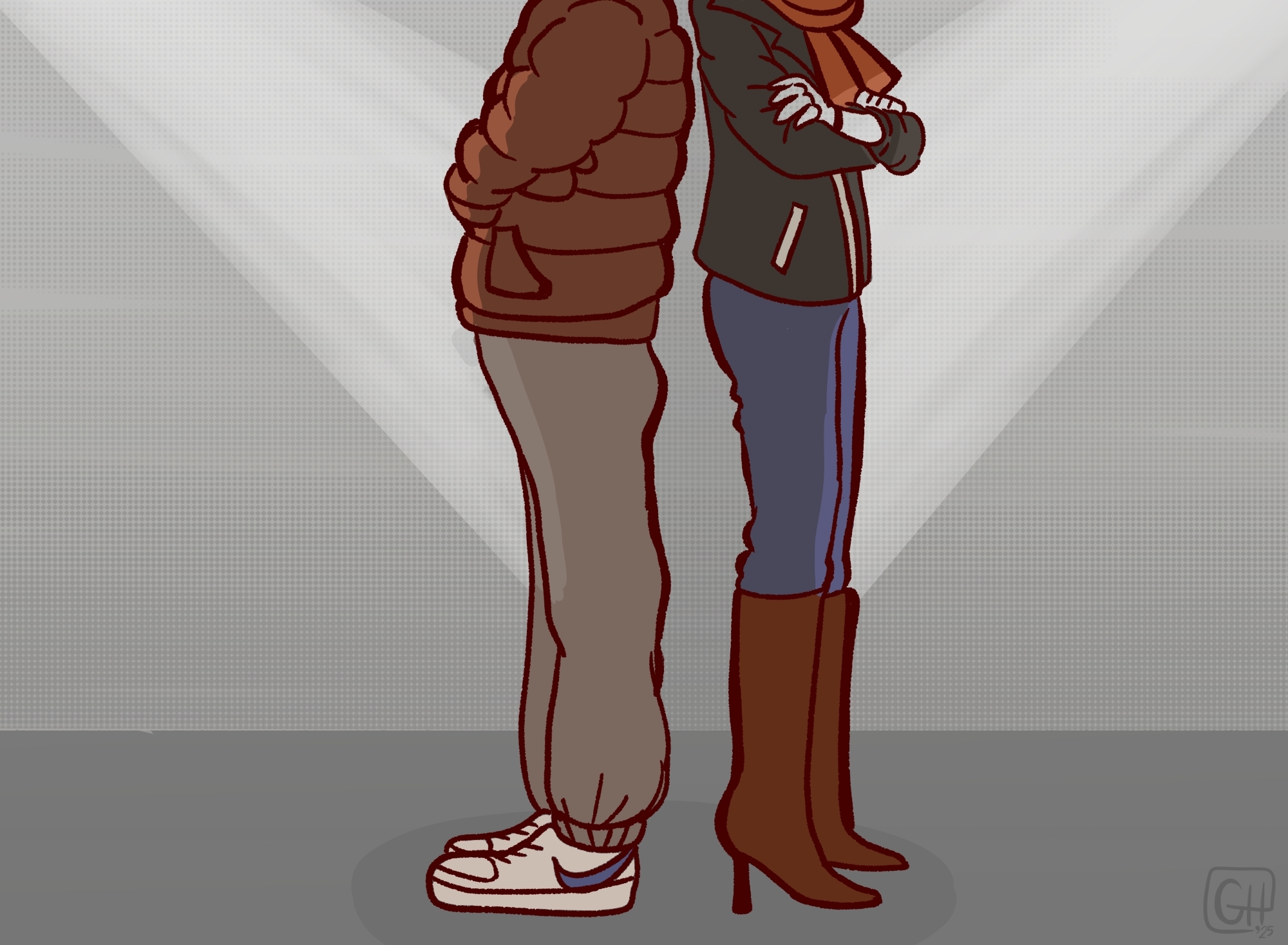
Additionally, major cities like Boston and New York City are usually hit first with new trends, simply because city dwellers tend to have easier access to name brands and popular clothing stores. New York has New York Fashion Week and the Met Gala to promote new clothing trends and influence new styles for the season.
That’s how fashion typically moves every season — it starts on the runway, and it flows to social media, where it then gets picked up by the average person. This includes college students who are noticeably very susceptible to social media influence. Non-students living in the city can access and afford the new trends first — in turn influencing college students in the area quicker before trends reach students who are not in the city.
Ultimately, it’s not a fashion competition at BU, but — understandably — no one wants to look the worst. Some people plan their outfits the night before, while others still just throw on the first thing they see. Perhaps that’s how denim jeans have become the middle-ground staple in many outfits. They are relatively comfortable, and they can be dressed up or down easily.
Ella told me she owns 10 pairs of jeans, eight of which she brought to school. When I asked her if she would buy any more, she replied “definitely” — because she wears them every day.

